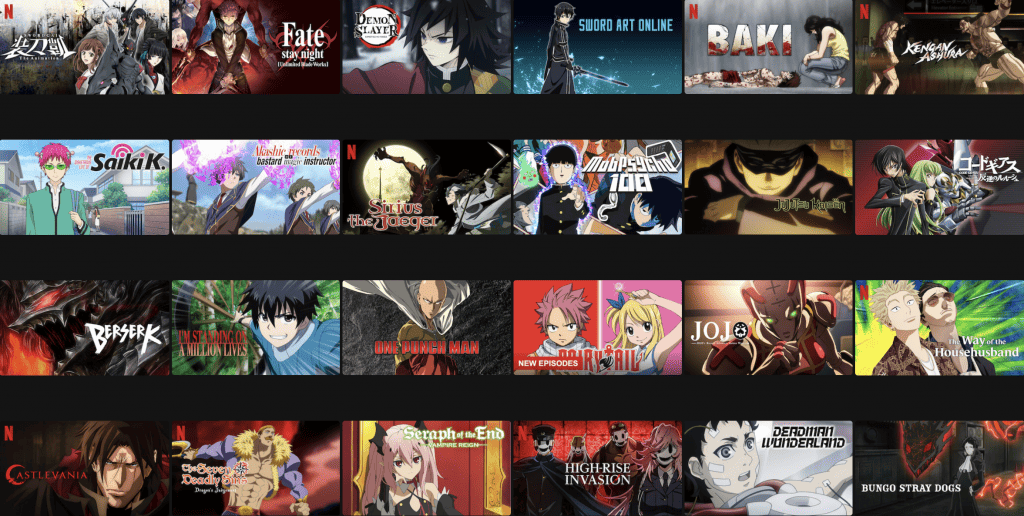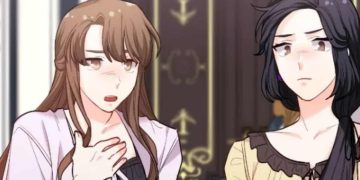Over the course of more than a decade, Netflix has maintained its originality in the entertainment genre. Netflix started on August 29, 1997, in Scotts Valley, California, and is now one of the main sources of entertainment for anime, TV shows, web series, and movies.
THIS LIST CONTAINS 18+ Anime.
It was founded by Reed Hastings and Marc Randolph. In 2014, Netflix aired its first anime on its website and is currently airing 50+ anime shows. Anime is a television animation series targeting both children and adults.
It originates from Japan, and the main language is Japanese. As the popularity of anime is growing worldwide, the majority of anime shows are being dubbed into English, Hindi, French, etc., and are available on Netflix.
Anime is mainly famous for its action scenes and the stories that thoroughly support those action scenes. Here is a list of some action anime shows that have aired on Netflix and are becoming increasingly popular day by day:
1. Demon Slayer: Kimetsu No Yaiba
With its exceptional animation and action scenes, the Demon Slayer anime has captured the hearts of anime fans worldwide. This anime is well-known for its captivating adventure, stunning animation, and well-developed characters.
The story revolves around Tanjiro Kamado, a young boy who tragically loses his family to a demon attack, with his sister subsequently transformed into a demon.

This story chronicles the adventures of Tanjiro as he joins the Demon Slayer Corps and strives to become one of the strongest Demon Slayers. His ultimate goal is to find a cure for his sister, who has been transformed into a demon, and restore her humanity.
The anime is written by Koyoharu Gotouge and encompasses the essence of adventure, martial arts, and character development.
Ufotable has done an exceptional job in producing this anime, showcasing high-quality animation and action scenes. Currently running, the anime can be enjoyed on Netflix, boasting an IMDb rating of 8.7/10.
It comes highly recommended for anime lovers seeking a combination of top-tier animation and thrilling action scenes.
2. Baki Hanma
With its thrilling and deadly fighting scenes, this anime revolves around the story of Baki Hanma, a skilled fighter who aspires to become the strongest and defeat his father, Yuujirou Hanma.
The anime depicts Baki’s adventures, his training with formidable opponents, and his intense hand-to-hand combat fights without restrictions.
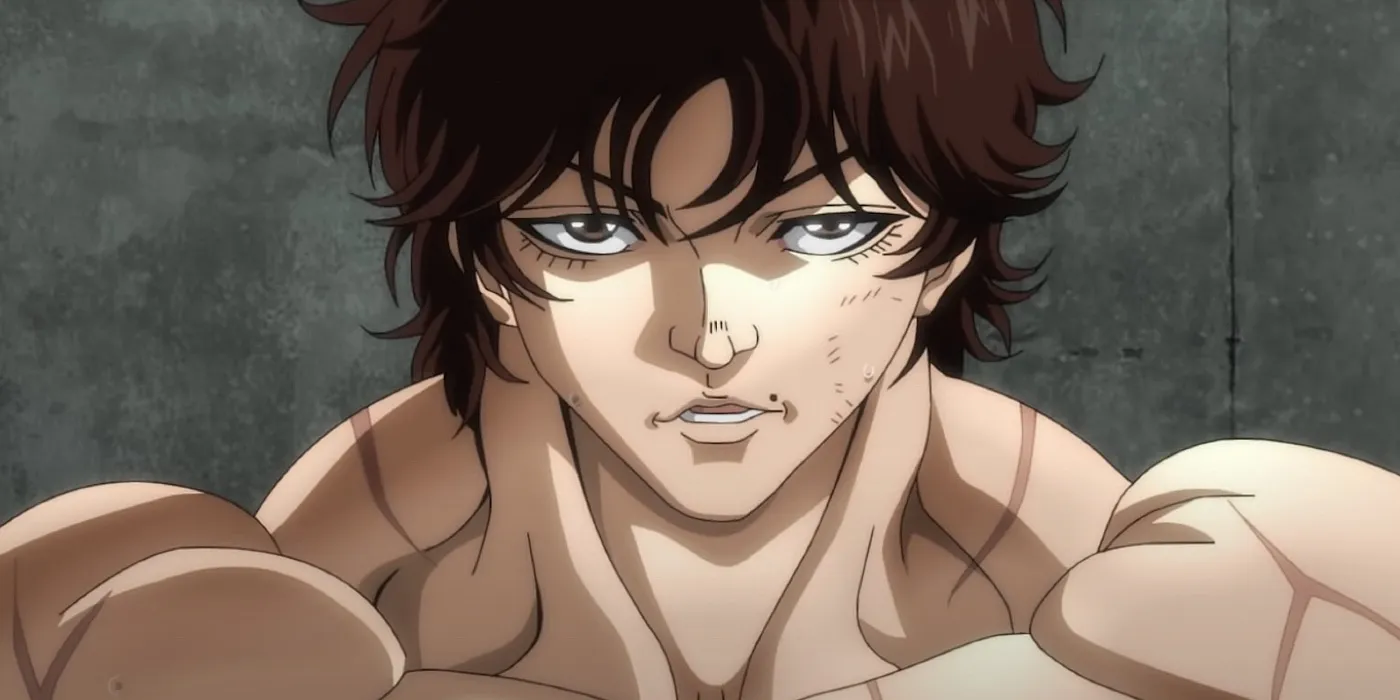
Written by Keisuke Itagaki, this anime incorporates dark fantasy elements, martial arts, and character building. The brutal action scenes and intense violence are brought to life by TMS Entertainment. The anime is currently available on Netflix, Featuring an exceptional IMDb rating of 6.7/10.
While opinions may vary, it is recommended for anime lovers who seek action scenes filled with brutality and violence.
3. Tokyo Revengers
This anime revolves around the concept of time travel, where the main protagonist, Takemichi Hanagaki, possesses the ability to send his consciousness back in time.
The story delves into the idea of altering reality by changing the past as Takemichi strives to save his girlfriend, who tragically died in a clash between two Tokyo gangs.
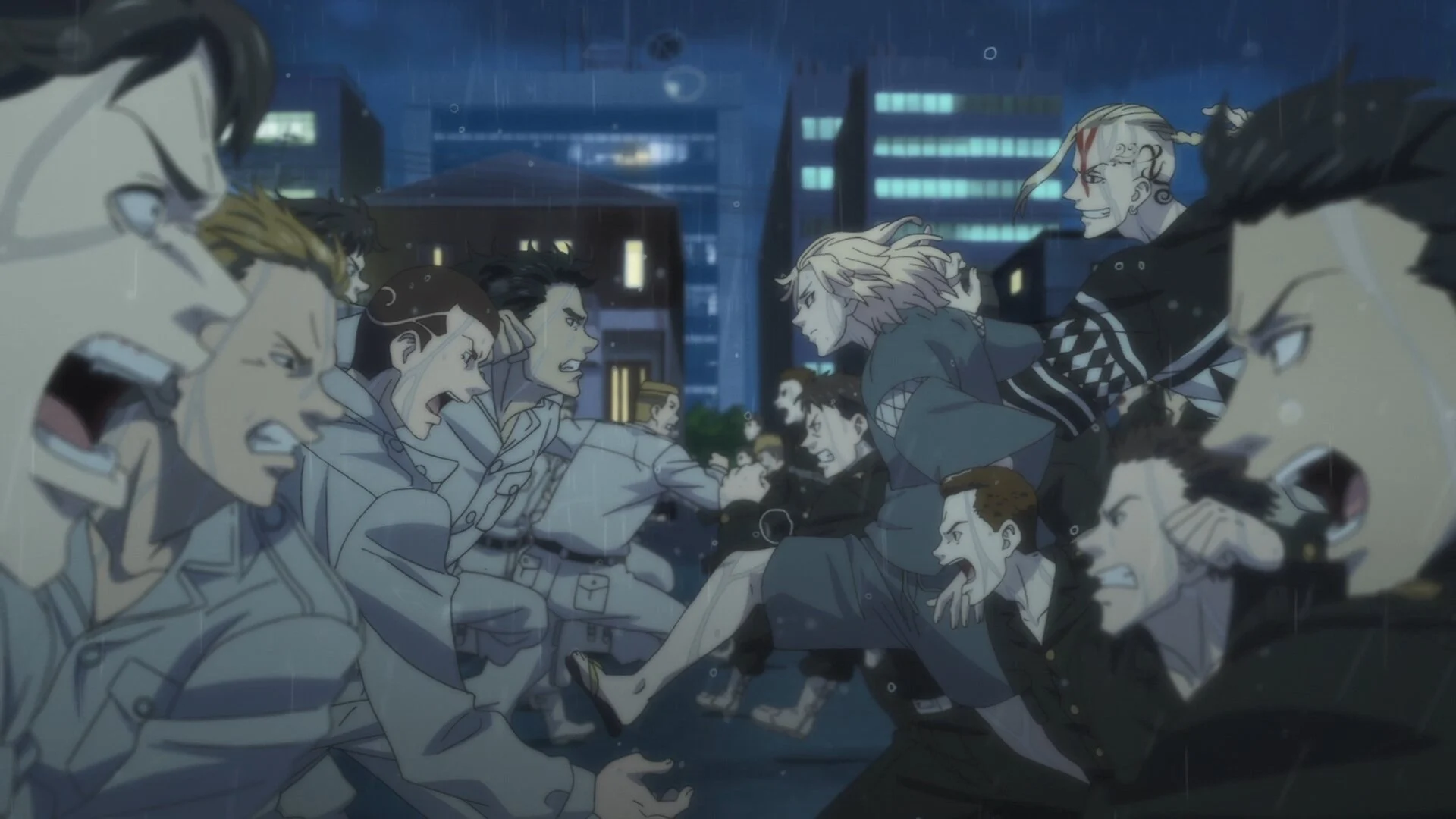
The face of the anime is represented by the Tokyo Manji gang, led by Mickey, a prominent and formidable character. The anime showcases epic fight scenes, emotional drama, and an extra ingredient of brotherhood.
Written by Yasuyuki Muto, the story is filled with suspense, adventure, and the theme of brotherhood. Directed by Koichi Hatsumi, the anime features intense action scenes, thrilling battles, and impressive animation.
It is currently available on Netflix, boasting an impressive IMDb rating of 8/10. This anime comes highly recommended for anime fans who are seeking a blend of brotherhood and intense fight/action scenes.
4. Bleach
The story follows the main protagonist of the anime, Ichigo Kurosaki, who was born with powers that enable him to see ghosts/hollows.
His family is attacked by a hollow, and the story revolves around Ichigo’s journey and adventures as he strives to become the strongest Soul Reaper.
*His ultimate goal is to protect innocent people from hollows.
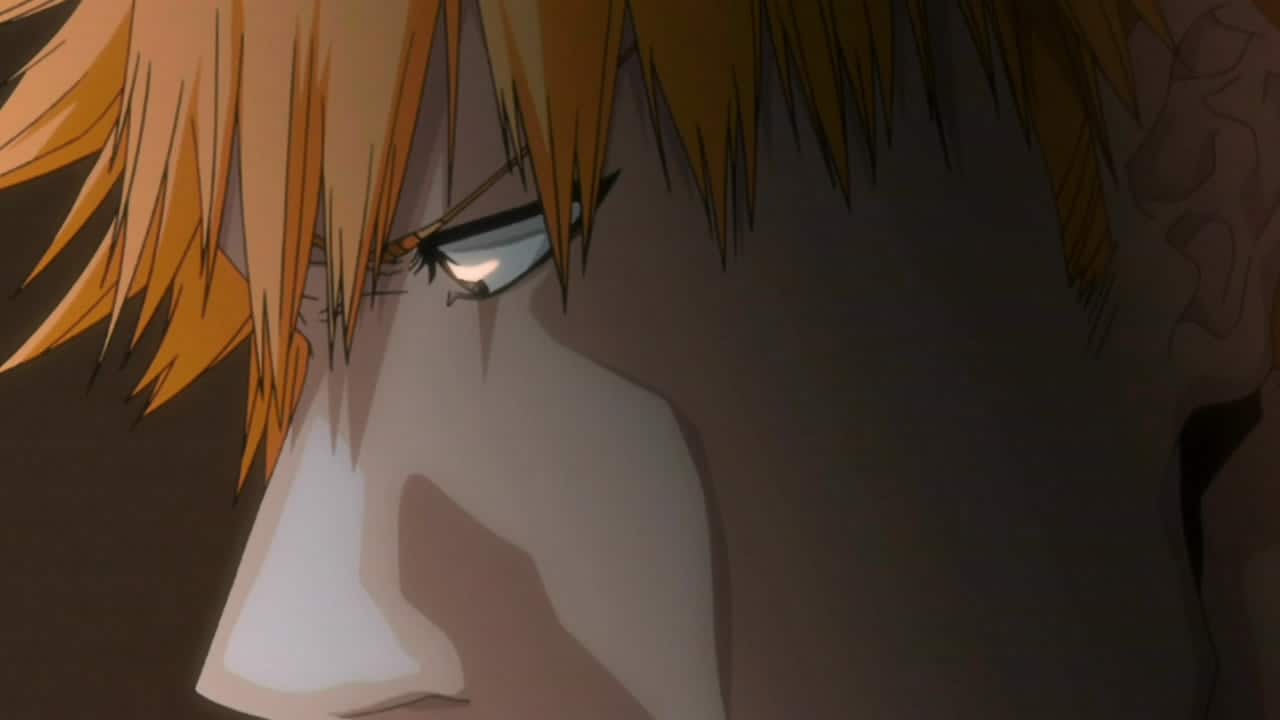
This anime, written by Masashi Sogo, incorporates all the elements of adventure, suspense, and a supernatural theme. It is directed by Noriyuki Abe, who ensures top-notch fighting action scenes.
The series has been running for a long time and consists of 366+ episodes. Currently, it is available on Netflix with a stellar IMDb rating of 9.1/10.
*Only the live-action anime of Bleach is present on Netflix, not the whole anime, due to some license issue.*
It comes highly recommended for anime lovers who are seeking a top-notch action anime experience.
5. Cyberpunk: Edgerunners
To combat crime and corruption, the main protagonist, David, a talented street kid, reluctantly joins a faction known as Edgerunner on the opposite side of the law.
This group operates in a black market and utilizes high-tech gadgets in a futuristic setting referred to as Cyberpunk.
After experiencing devastating losses, David turns to a life of shooting to seek revenge.
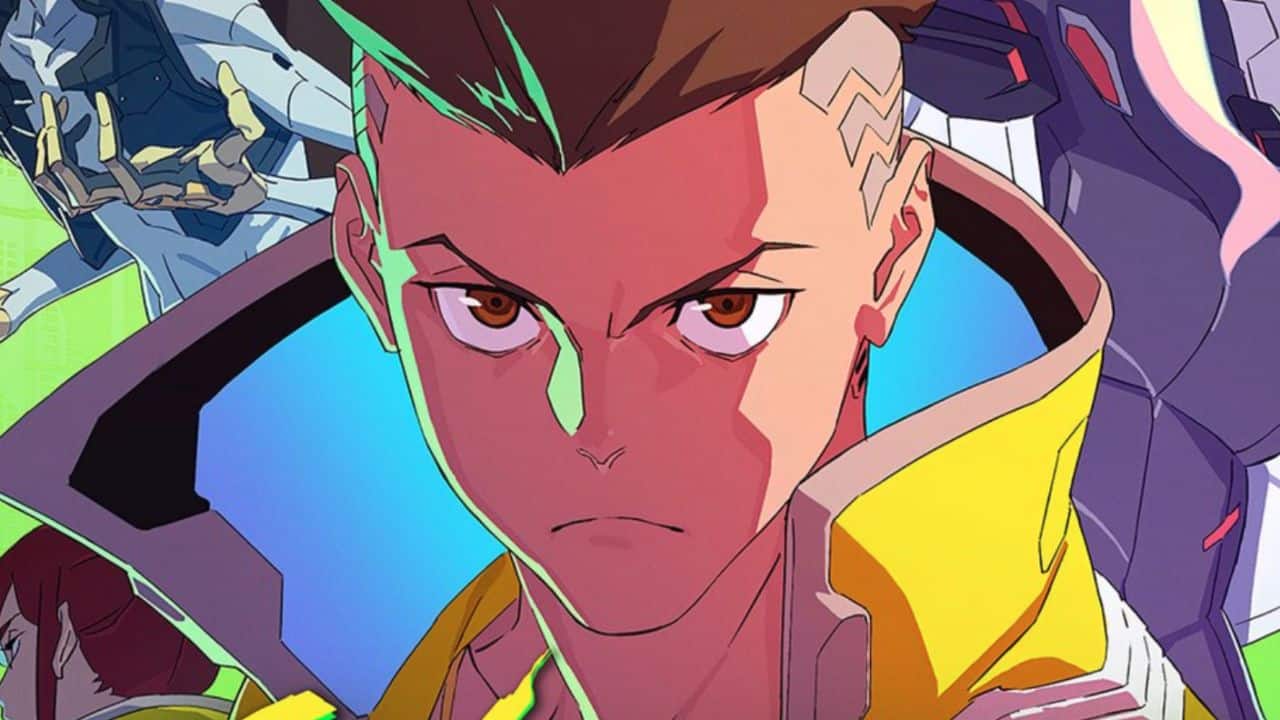
This anime presents a highly advanced technological environment, and its action scenes have captivated viewers, earning it the title of Anime of the Year at the 2023 Anime Awards.
Created by Rafal Jaki and Mike Pondsmith, the anime encompasses elements of craziness, excitement, brotherhood, and the will to survive.
Directed by Hiroyuki Imaishi, the series boasts top-notch animations and breathtaking action scenes. Featuring an exceptional IMDb rating of 9.1/10, it is available for streaming on Netflix.
This anime comes highly recommended for fans who enjoy watching action-packed street fights, science fiction, and stories revolving around advanced technology.
6. One Punch Man
This anime tells the story of Saitama, a bald young man who possesses immeasurable strength, capable of defeating any enemy with a single punch. His power is so overwhelming that even gods fear him.
The anime follows his adventures and epic fight scenes. With non-stop action, this series promises an exhilarating experience.
Written by Tomohiro Suzuki, the story combines elements of comedy, seriousness, and thrilling action scenes.
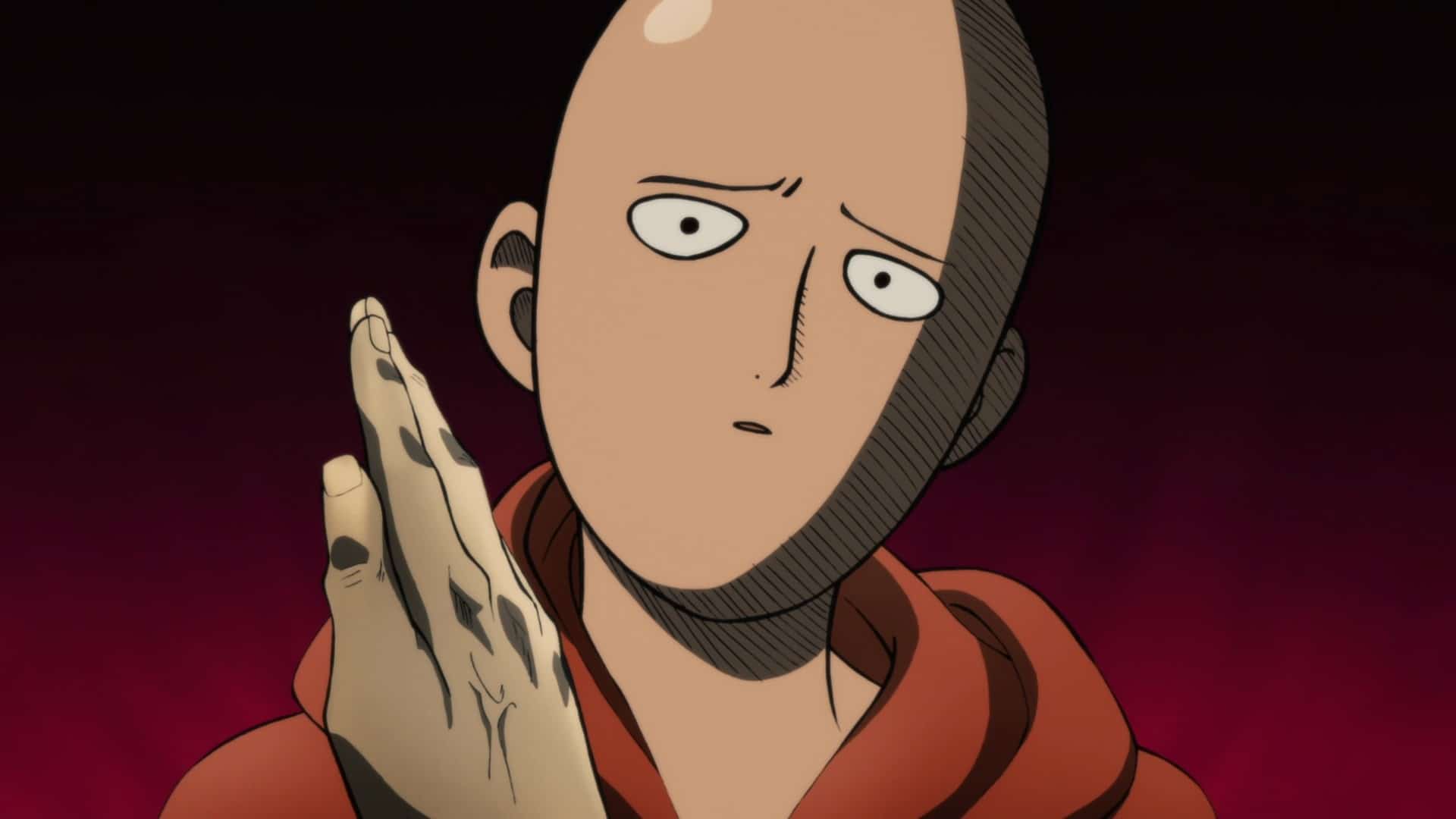
Animation plays a crucial role in bringing the action to life, and the production house J.C. staff has done an outstanding job, making this anime one of the best of all time. Featuring an exceptional IMDb rating of 8.7/10, it is available for streaming on Netflix.
This anime is highly recommended for fans who enjoy watching one-sided battles, characters with overpowered abilities, and stories featuring supernatural elements.
7. Naruto Shippuden
This anime is set in a shinobi world where the characters use chakra to unleash their internal power. The story revolves around the main protagonist, Naruto Uzumaki, who possesses a nine-tailed fox demon inside his body and lives in a village named Konoha.
Naruto was hated in his village due to the nine tails sealed inside him, which made him feel lonely.
However, throughout the series, he makes new friends and develops a strong bond of brotherhood with them.
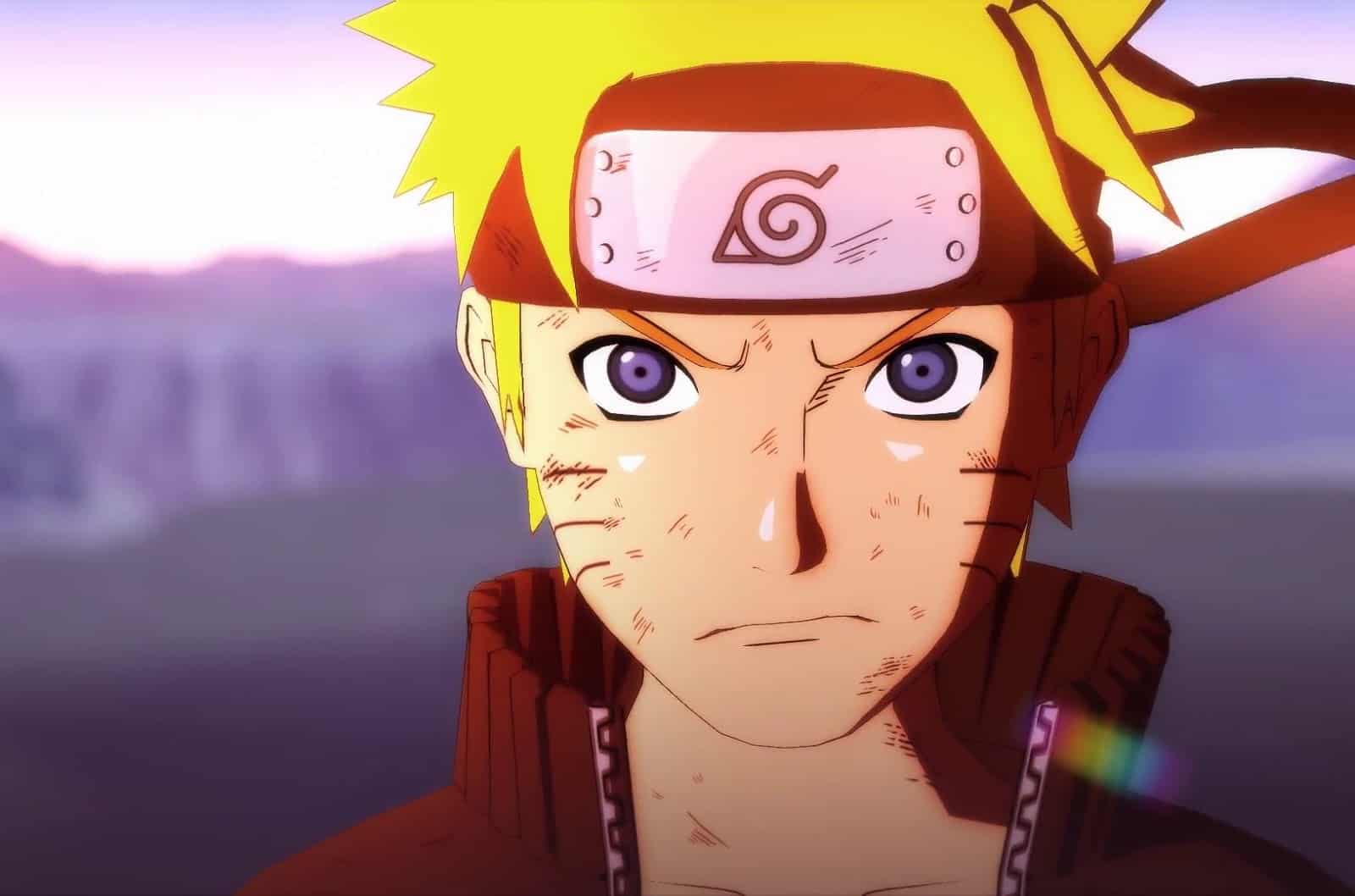
He is assigned to Team 7, consisting of Sasuke Uchiha, Sakura Haruno, Naruto Uzumaki, and their sensei, Kakashi Hatake.
The series showcases the missions of Team 7 and their teamwork. Naruto’s ultimate goal is to become the greatest and strongest Hokage of his village of all time.
The anime is written by Masashi Kishimoto, with a blend of forgiveness, character development, brotherhood, and an emotional storyline.
It is produced by Pierrot and TV Tokyo, who have done an exceptional job in making this anime a timeless masterpiece with its never-ending animation sequences and action scenes.
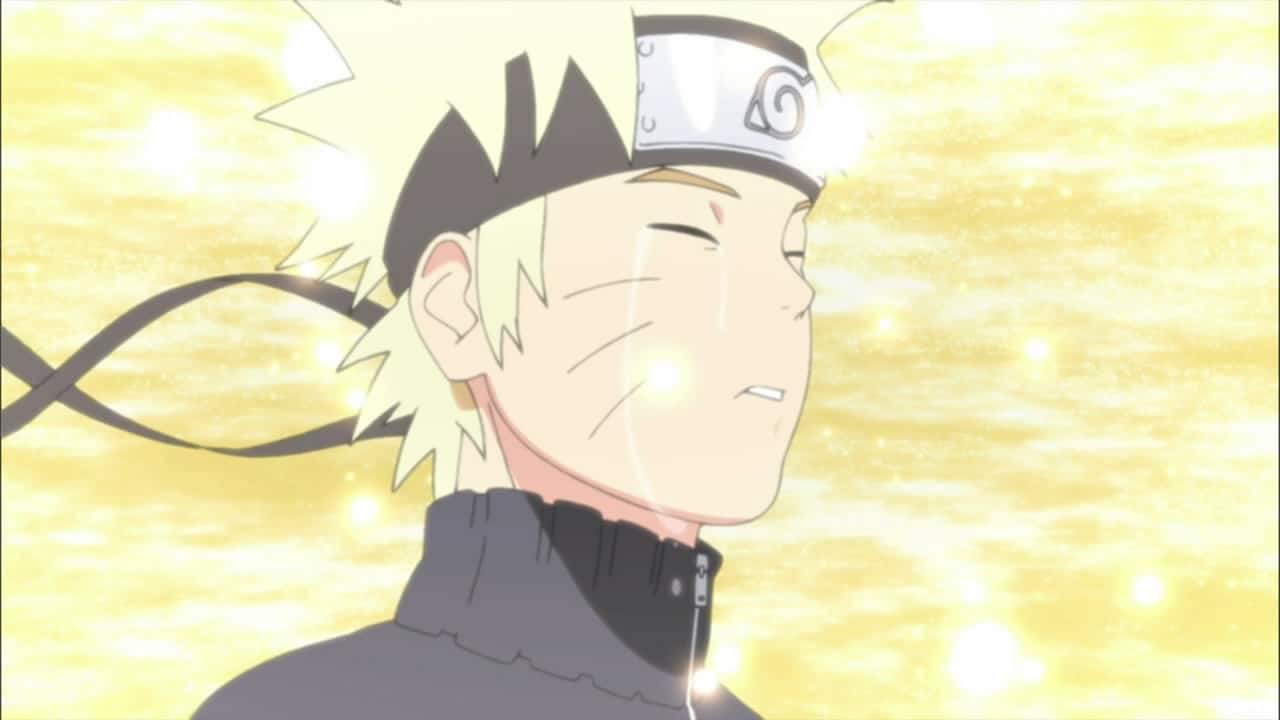
The anime is available on Netflix, featuring an exceptional IMDb rating of 9.1/10. Highly recommend this anime to those who love epic action battles intertwined with emotional stories and the theme of brotherhood in intense situations.
8. Hunter x Hunter
This anime follows the story of a young boy named Gon, who travels around the world to find his dad, who is an exceptional hunter, and to become the greatest hunter of all time.
The story is narrated in a world of hunters with top-notch fighting skills, resulting in the greatest action scenes ever.
Gon’s adventures and hurdles throughout the series create suspense. His fighting skills and martial arts add to the suspense in the series.
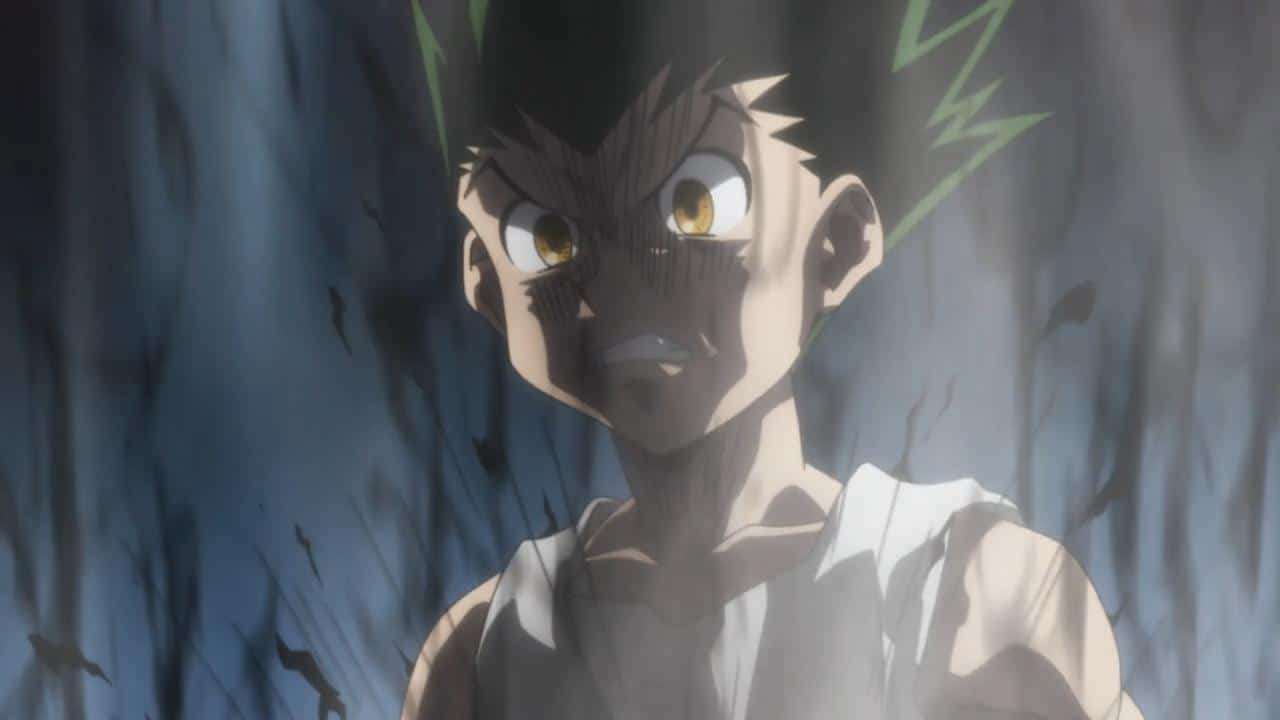
Written by Nobuaki Kishima, it blends adventure, martial arts, and comedy. It is produced by Shunichi Kasao, who contributes to the top-notch action animation of this series. It has an IMDb rating of 9/10 and is available on Netflix.
This anime is especially recommended for anime lovers who are seeking comedy, adventure, and epic action sequences.
9. Black Clover
This anime follows the story of an orphaned kid named Asta, who lacks magical powers in this Magical World but has the ultimate goal of becoming the strongest and greatest wizard king ever.
He is destined to prove himself in front of everyone and make his dream a reality.
The anime combines elements of comedy, adventure, and action, resulting in a highly entertaining series.
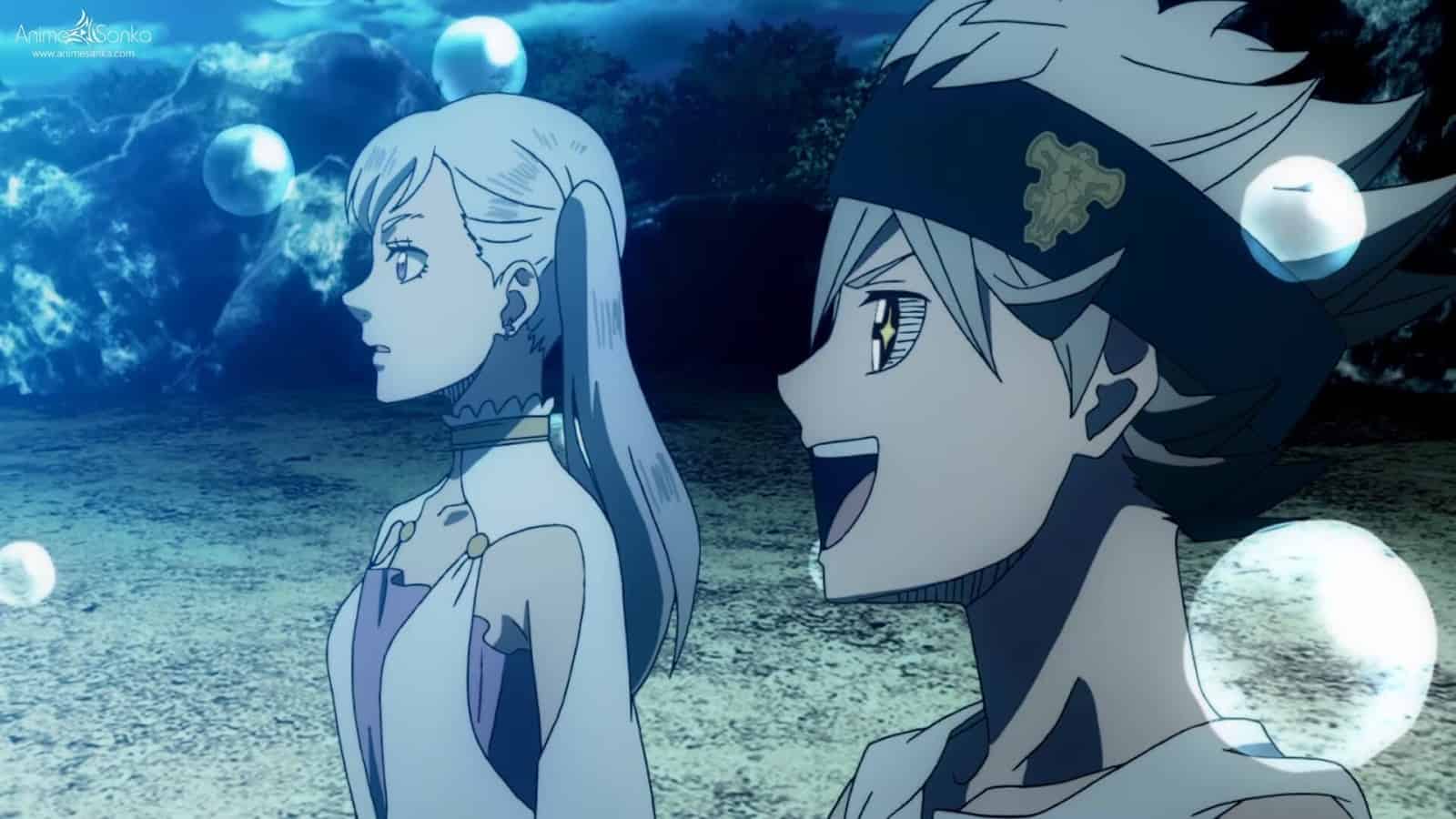
Black Clover was written by Kazuyuki Fudeyasu and produced by Maiko Isotani and Naomi Komatsu.
Despite the high level of animation, it has become one of the best-loved anime among fans. It has an IMDb rating of 8.3/10, and you can watch it on Netflix.
This anime is recommended for anime lovers who are seeking adventure, comedy, and pure entertainment, with a blend of action in all its elements.
10. Jujutsu Kaisen
This anime is based on a world where curses are used to emerge from bad happenings and to protect people from curses; there is a secret organization built in the anime by Jujutsu Sorcerers called Jujutsu Kaisen.
The anime follows the story of Yuji Itadori, a high school student who mistakenly swallows one finger of the king of curses named Ryomen Sukuna and gets cursed energy flowing through his body, causing the king of curses to rise again.
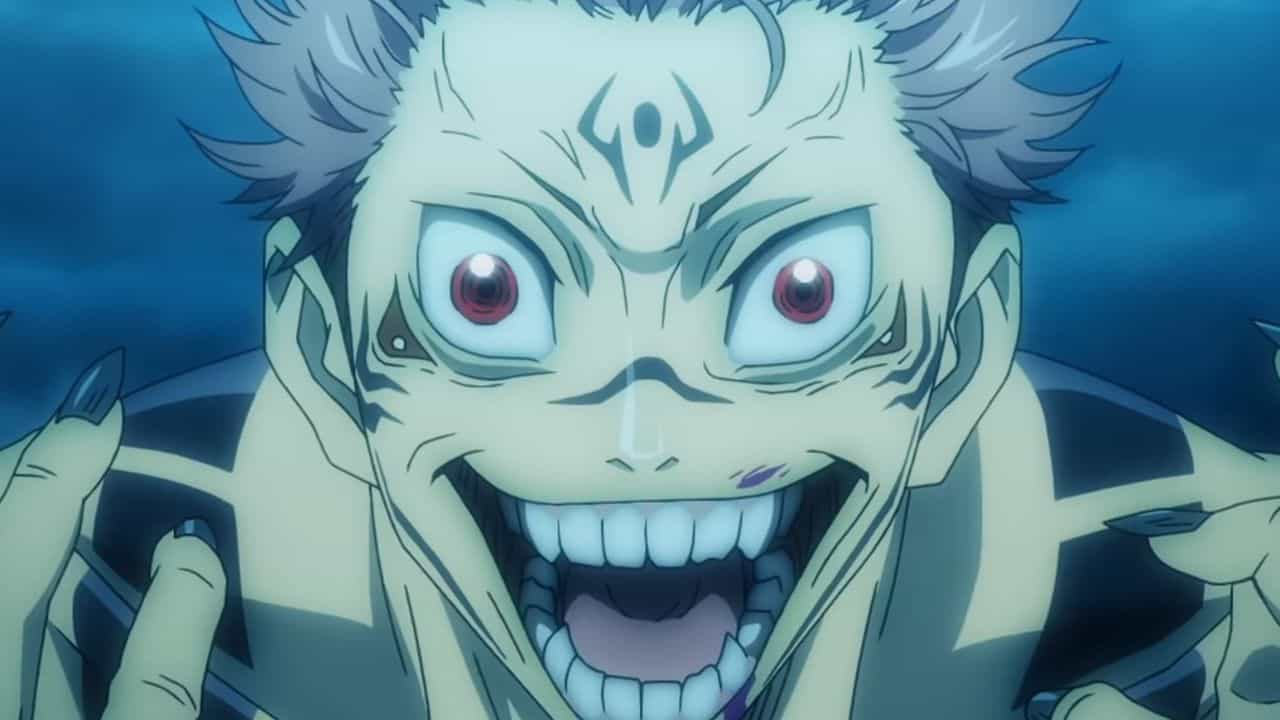
After the death of Yuji’s grandpa, he has no goal in his life; however, through this incident, his ultimate goal is to eliminate Ryomen Sukuna for the good of mankind.
The story also features a protagonist named Satoru Gojo, the strongest sorcerer of all time, who has a boundary of infinity throughout his whole body.
Gojo engages in hand-to-hand combat with Sukuna, and the fighting scenes’ animation is top-notch, making people big fans of the series.
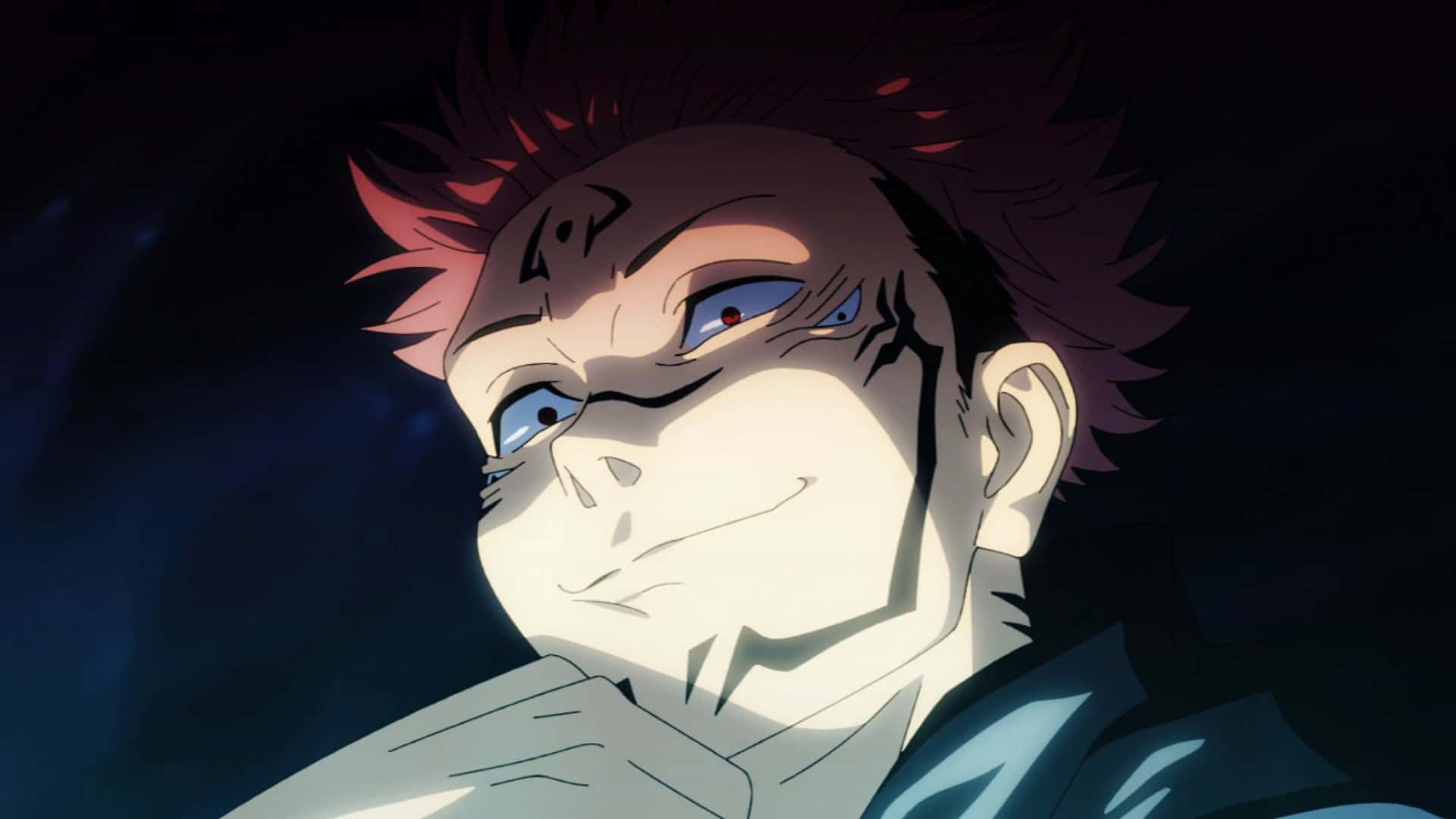
Jujutsu Kaisen is written by Gege Akutami and produced by MAPPA. With the blend of action, comedy, adventure, and supernatural elements, it provides a well-rounded experience that is highly recommended to watch.
It has an IMDb rating of 8.5/10 and is available on Netflix.
Also Read: 100 Romance Anime Series To Watch On Netflix
11. My Hero Academia
This anime delves into the captivating tale of Izuku Midoriya, a young individual born into a wondrous realm where each person possesses their own unique set of extraordinary abilities.
Despite lacking superpowers, Izuku embarks on a remarkable journey to become the strongest among them all.
The enthralling narrative follows Izuku’s relentless pursuit of greatness, defying the odds and overcoming his limitations.
It is through his unwavering determination and unwavering spirit that he strives to prove that one’s potential is not defined solely by the presence or absence of inherent superhuman abilities.

What truly captivates anime enthusiasts are the intense fights and action sequences within the story.
These adrenaline-pumping moments not only showcase Izuku’s indomitable spirit but also highlight his struggle to survive in a world brimming with formidable adversaries.
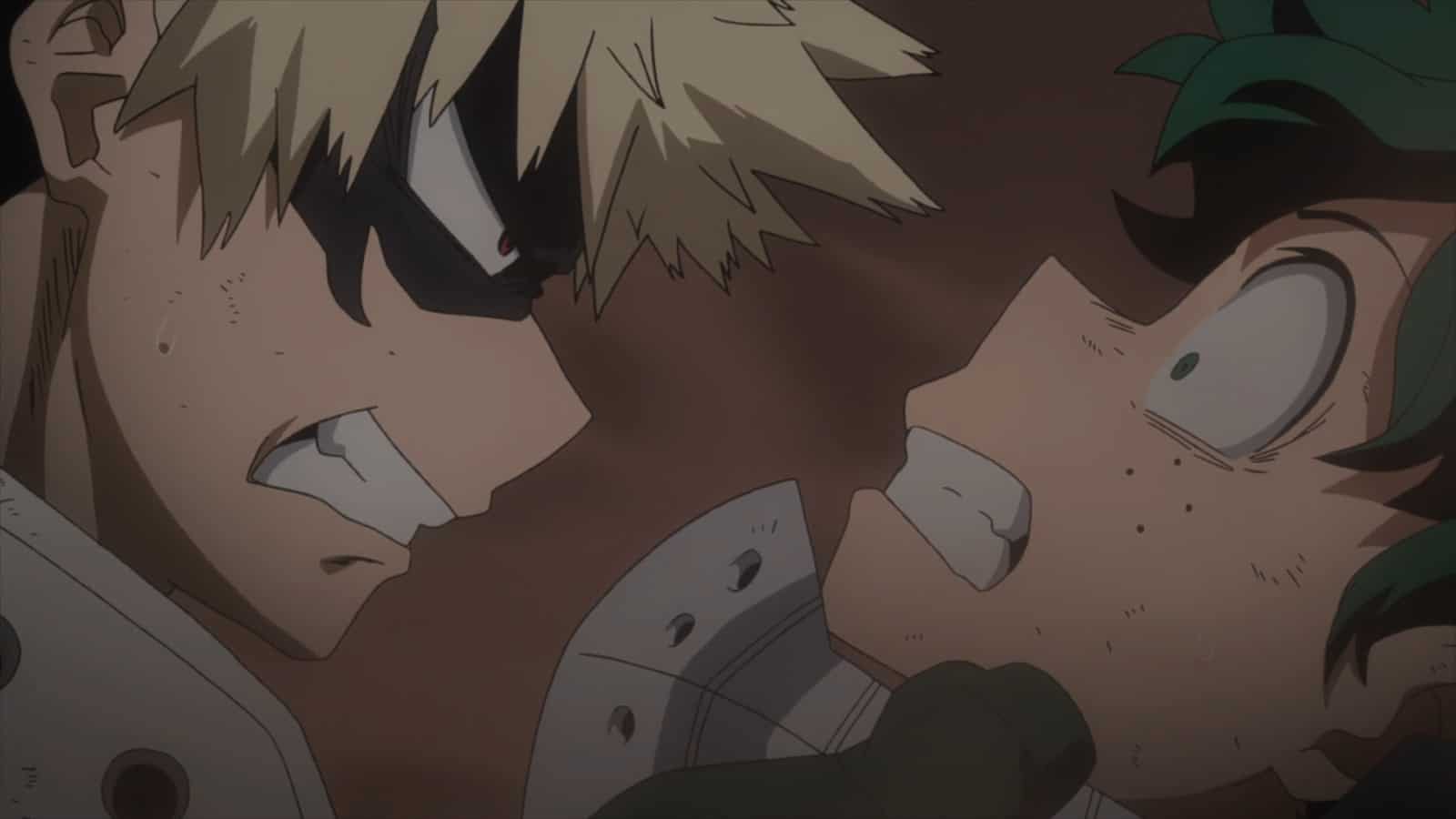
Penned by the talented Yosuke Kuroda and expertly produced by Hiroya Nakata, this anime seamlessly blends elements of thrilling adventure, survival, and breathtaking action sequences.
Its well-crafted storyline and meticulously choreographed fight scenes have garnered it an impressive IMDb rating of 8.3/10, solidifying its status as a must-watch series on Netflix.
For avid anime lovers yearning for a captivating storyline and adrenaline-fueled battles, this anime comes highly recommended.
12. Chainsaw Man
In a world of devils, there is a secret organization named Public Safety Devil Hunters who work to eliminate devils for the people.
The main protagonist of this anime, Denji, is on the verge of death when he unintentionally enters into a contract with a chainsaw demon named Pochita.
As a result, he gains the power to transform his body parts into chainsaws and becomes known as Chainsaw Man.
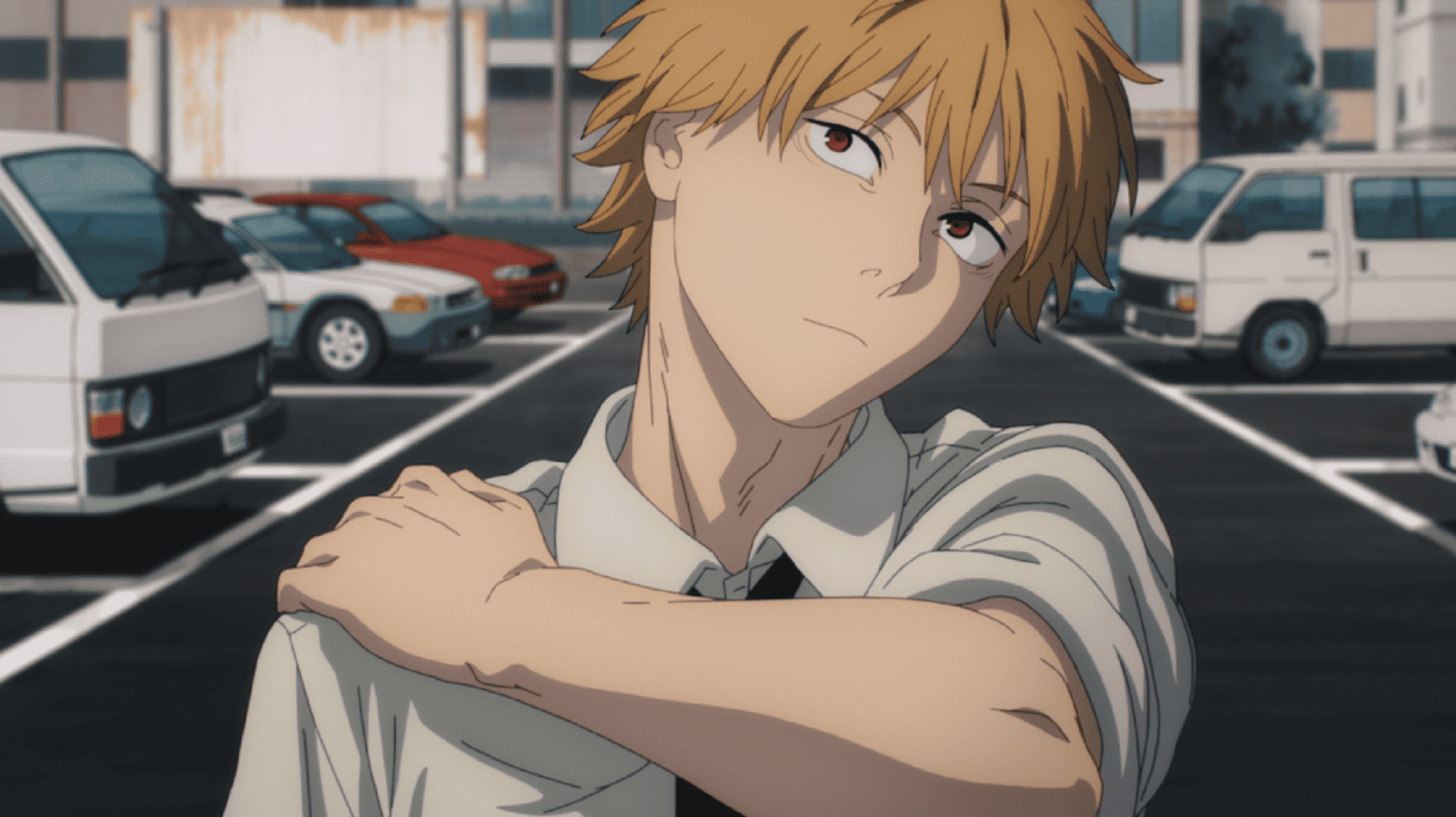
Denji has a simple goal: to have fun and enjoy unlimited food for his entire life. He joins the Public Safety Devil Hunters in order to fulfill his dream.
The Chainsaw Man anime series, with its top-notch animation, has earned a lot of respect and garnered fans worldwide.
Written by Hiroshi Seko and produced by MAPPA, the series combines elements of comedy, horror, thrilling action sequences, and immersive storytelling.
Boasting an impressive IMDb rating of 8.5/10, it is available on Netflix. Highly recommended for anime lovers seeking adventure, thrilling fighting scenes, and captivating animation with a blend of suspense.
13. Vinland Saga
This anime mainly focuses on revenge mythology in a Viking World. The main protagonist of this anime is Thorfinn, a young villager from Iceland who dreams of becoming a war soldier just like his father, Thors.
He seeks revenge against his father’s killer in a duel to avenge him and aims to bring peace to the world.
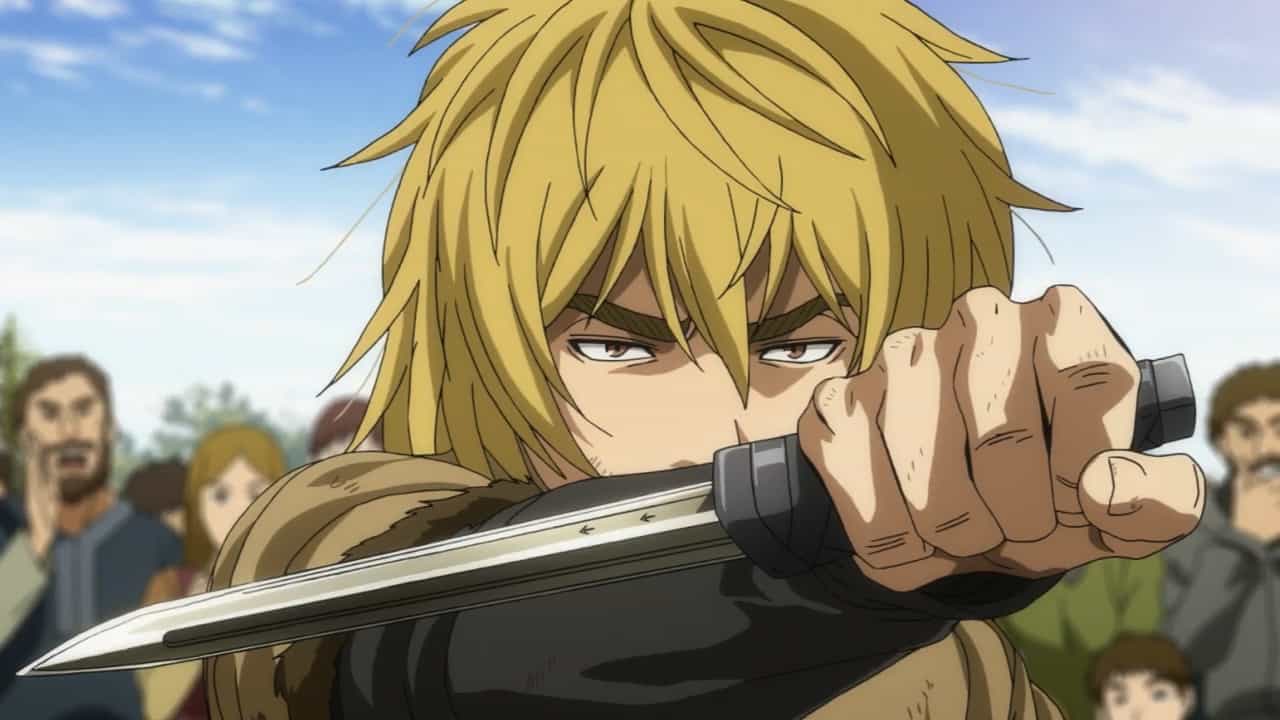
This anime explores themes of bloodshed and tragedy. It was written by Makoto Yukimura and produced by Akira Yonzawa. It has an IMDb rating of 8.8/10 and is available on Netflix.
Highly recommended for anime lovers who are seeking a Viking story and action with top-notch animation.
14. Overflow
Kazushi Sudou, a university student, is unexpectedly visited by his childhood friends, Ayane and Kotone Shirakawa, who are sisters.
The situation takes a humorous turn when Ayane finds out that Kazushi has forgotten to buy her favorite pudding and is also using her exclusive lotion for his bath.
In a playful act of retribution, Ayane decides to join Kazushi in the bath, and Kotone follows suit.
The story unfolds with Kazushi trying to navigate this unexpected and comical situation while maintaining his composure around both Ayane and Kotone.
15. Dragon’s Dogma
This anime series follows a man named Ethan, whose village Cassardis, was attacked by a dragon, resulting in the death of his wife and unborn baby.
The dragon takes his heart, and with all of this, Ethan wants to take revenge on the dragon in order to avenge his family.
This anime series is full of action and adventure, with top-notch animation.
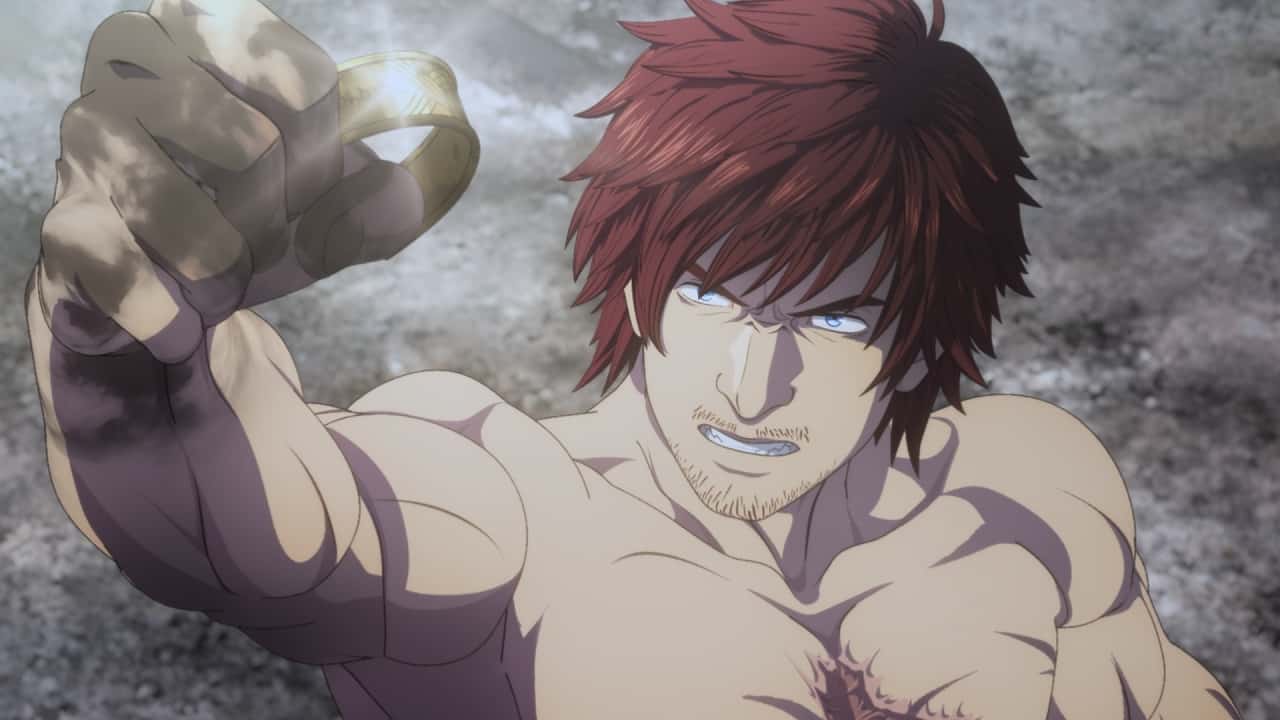
It was written by Kurasumi Sunayama and directed by Shinya Sugai, who has done an excellent job in bringing this anime to its god-tier level of animation.
Featuring an exceptional IMDb rating of 6.3/10 and available on Netflix, it comes highly recommended for its action sequences and animation.
Note: This anime is a replica of Dragon’s Dogma, a game with a high level of graphics that is also recommended.
16. Claymore
This anime narrates the story of a young boy named Clare who joins the Claymore organization, which consists of creatures called Yoma that are half human and half demon.
Clare’s goal is to fight against the breed of Yoma and their hideouts, where humans are ruthlessly fed to demons.
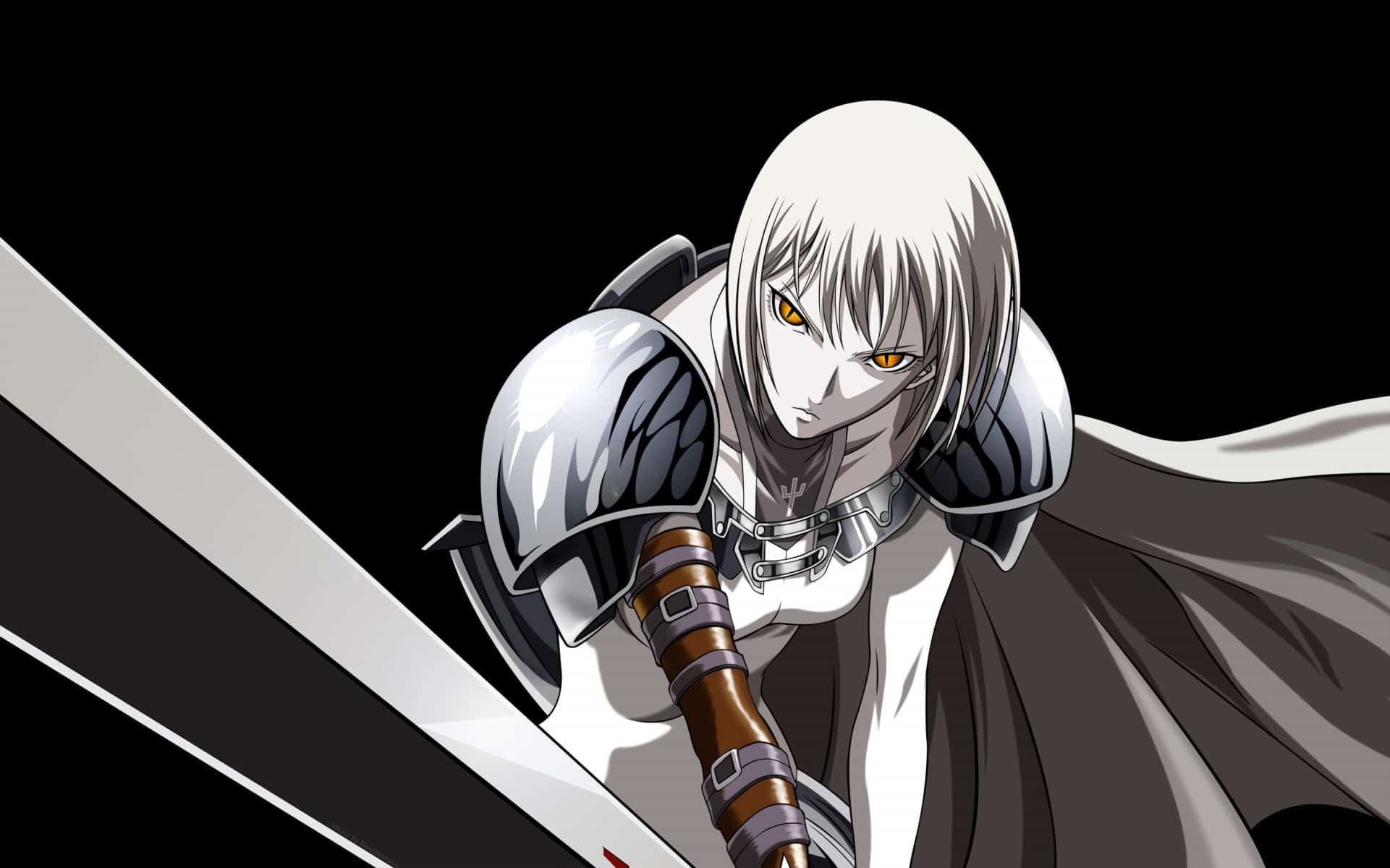
This anime is full of suspense, class, and adventure. With the writing skills of Norihiro Yagi, it has achieved an IMDb rating of 8/10.
It is available on Netflix and highly recommended for those who are seeking a suspenseful anime story with a blend of fighting scenes.
17. Bungo Stray Dogs
With all the supernatural elements, this anime follows an agency named the Armed Detective Agency, whose members all possess superpowers.
They handle cases that are too dangerous for the police and military to handle, protecting Yokohama from the mafias.
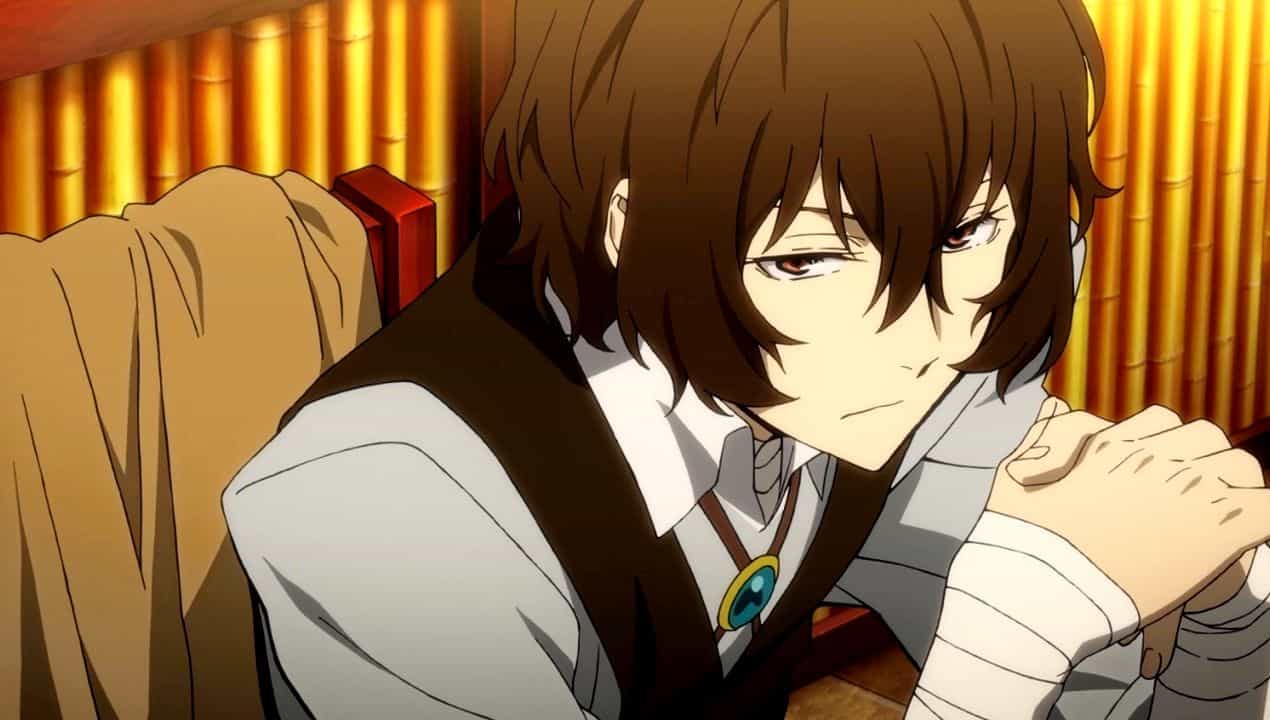
This anime is written by Yoji Enokido and directed by Takuya Igarashi, encompassing elements of suspense, action, and drama.
It has an IMDb rating of 7.8/10, and it is available on Netflix. It is highly recommended for those seeking a suspenseful story.
18. DOTA: Dragon’s Blood
This anime is set in a magical world where the main protagonist, Davion, is a Dragon Knight who slays and hunts dragons to protect the people of the world and make it safer.
In a race called Eldwurm, where demons and dragons battle each other, a dragon named Slyrak merges his soul with Davion.
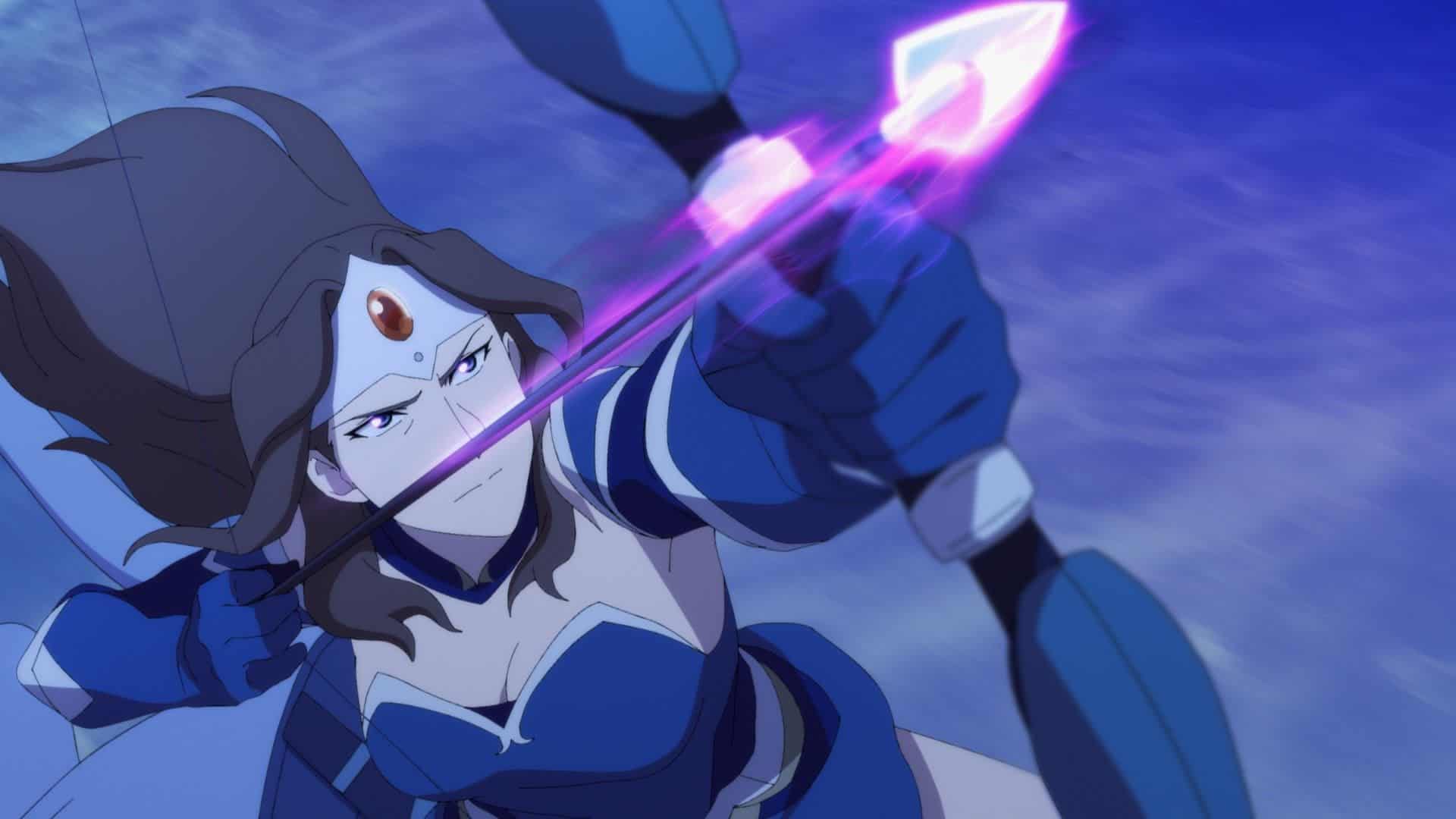
This anime is known for giving goosebumps and delivering epic action scenes that are unmatched. It combines elements of adventure, dark fantasy, and comedy.
It is based on Dota 2, a video game by Valve, and the anime is produced by Studio Mir. It comes highly recommended, featuring an exceptional IMDb rating of 7.7/10, and is available on Netflix.
19. B: The Beginning
The story follows Koku and Keith, highly skilled investigators from the Royal Investigation Service (RIS), who are brought together to solve the mystery of Killer B, a vigilante serial killer who has plunged the city of Cremona into chaos.
*Koku possesses supernatural abilities that allow him to transform his body into wings and blades.
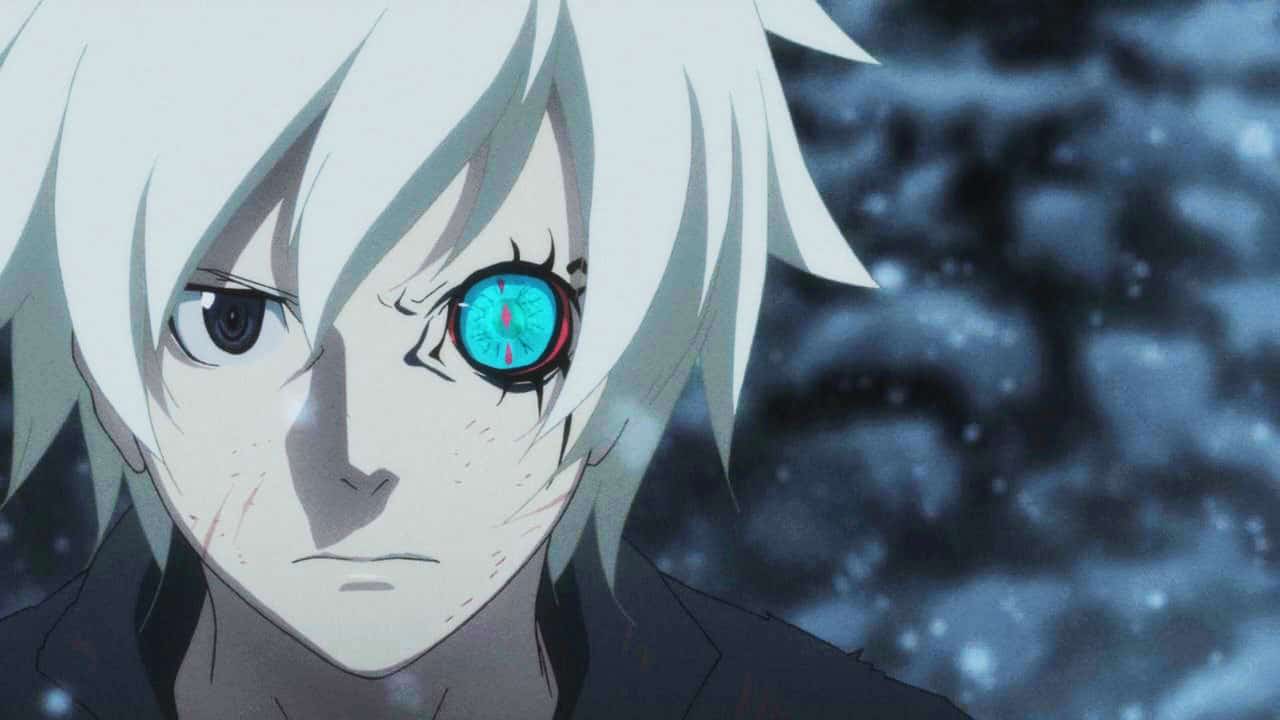
As the paths of both main protagonists intertwine, they are confronted by a mysterious criminal organization.
This anime is written by Katsuya Ishida and produced by Rui Kuroki, encompassing elements of science fiction, thriller, supernatural, and dark fantasy.
It comes highly recommended, boasting an impressive IMDb rating of 7.1/10, and is available on Netflix.
20. Sword Gai: The Animation
This anime follows Gai, a young man who is destined to control the fate of humanity. It also revolves around a legendary weapon that has caused numerous deaths.
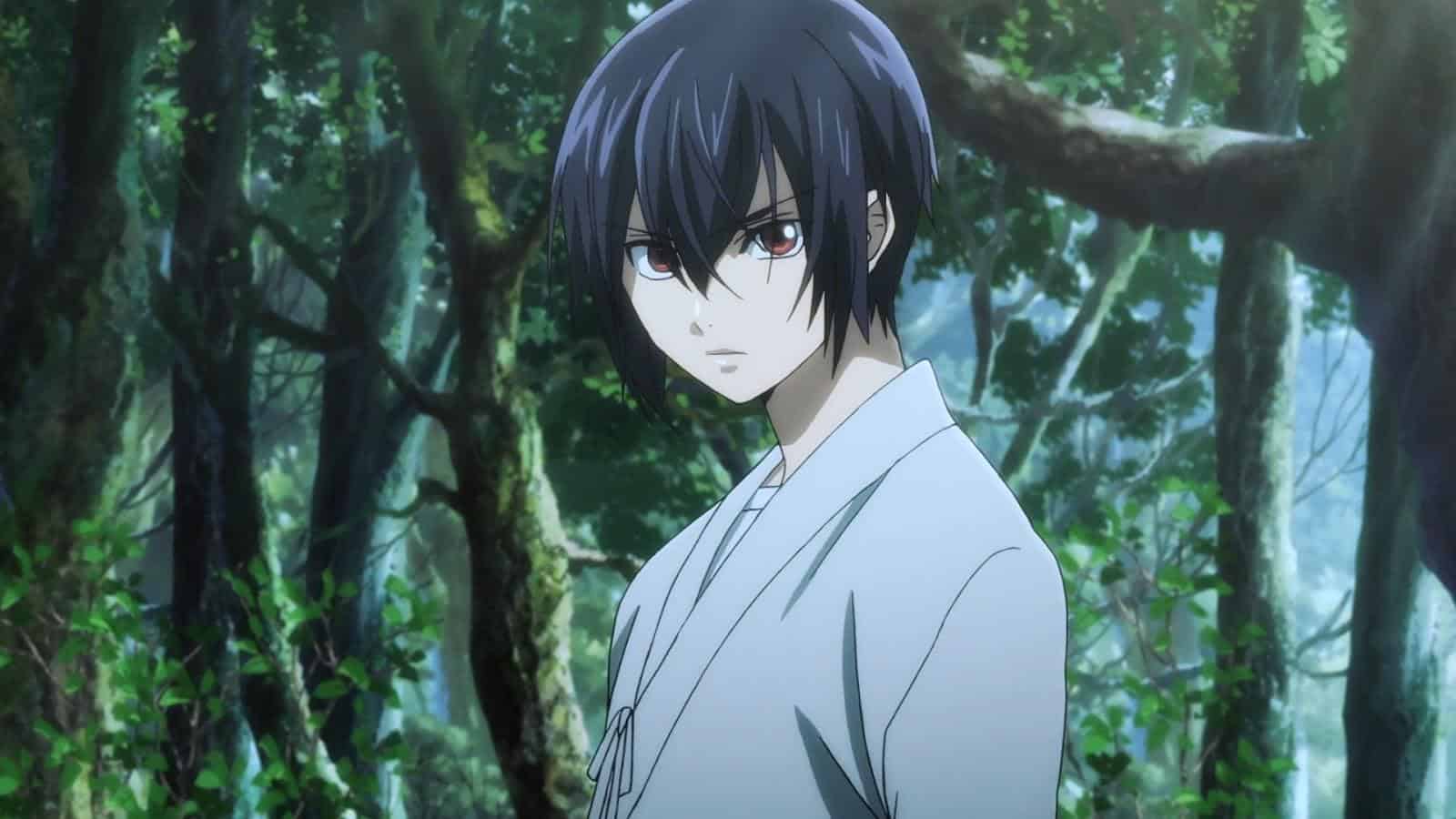
When a person wields this weapon, their mind is consumed by a creature named Busoma, driven by hatred and bloodlust.
This anime creates a lot of suspense and is filled with adventure and action sequences. It is written by Toshiki Inoue and directed by Tomohito Naka.
Despite having an IMDb rating of 5.8/10, it is considered one of the original anime series known for its action animation. It comes highly recommended and is available on Netflix.
Also Read: 25 Anime To Binge Watch in June 2023
21. Sirius The Jaeger
This anime is based on vampires and their hunters, known as Jaegers. In 1930, a group of vampires escaped from China and took refuge in Japan, pursued by the Jaegers, who infiltrated the V Shipping Company.
*The story revolves around Yuliy, a werewolf whose home was destroyed by vampires.
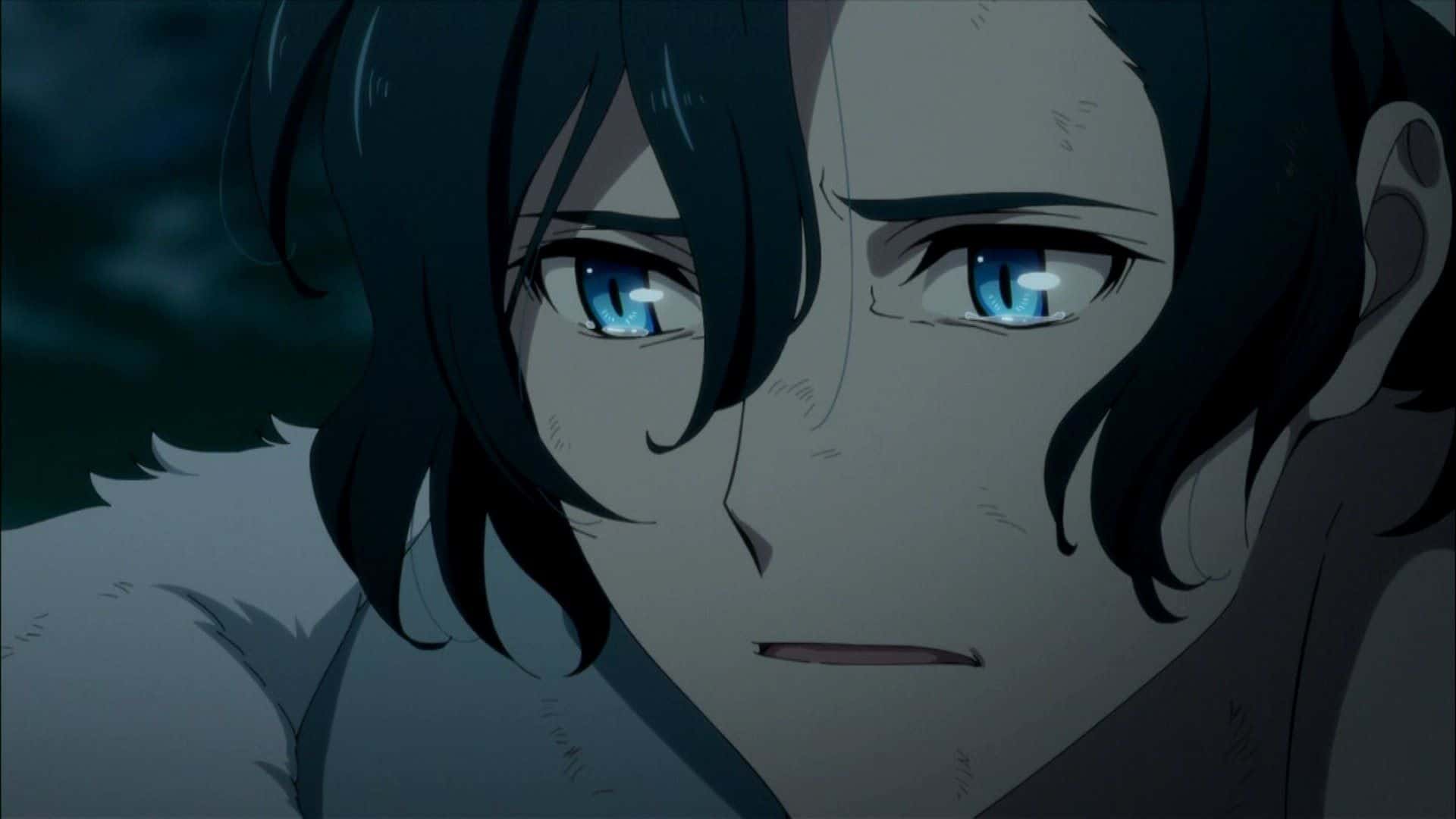
The anime showcases the ongoing battle between vampires, Jaegers, and a werewolf named Sirius. It is written by Keigo Koyanagi and produced by Yuichiro Shiji.
With a blend of action scenes and thrilling moments, this anime comes highly recommended. It has an IMDb rating of 6.8/10 and is available on Netflix.
22. To Your Eternity
The anime follows the life of an immortal being named Fushi, who sets out on a journey to explore and understand what it means to be a perfect human.
*Fushi possesses supernatural powers that allow him to transcend any limitations.
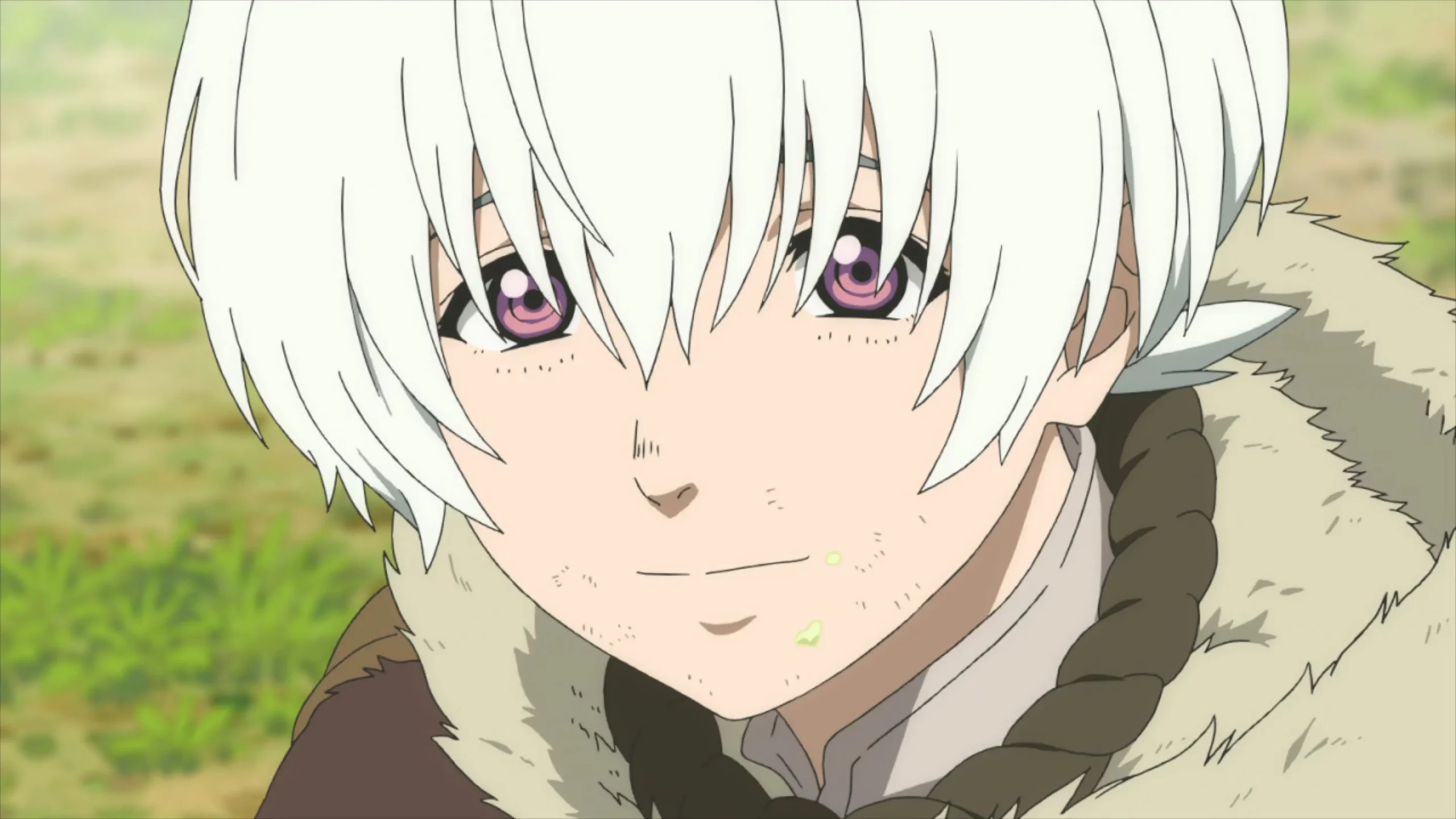
The anime also depicts the friendship between Fushi, a wolf, and their path to human life. It is widely acclaimed as one of the best anime series, thanks to the exceptional writing by Shino Fujita and its production by Drive.
Featuring an exceptional IMDb rating of 8.4/10, this anime is highly recommended for fans of action, adventure, and fantasy. It is available on Netflix.
23. Fate/Extra: Last Encore
This anime is an adaptation of the video game “Fate/Extra.” The story revolves around Hakuno Kishinami, who wakes up in a strange reality devoid of memories from the past.
In this reality, Hakuno is forced to survive and engage in a war with the ultimate goal of obtaining the Holy Grail, which holds the answers to his identity and purpose.
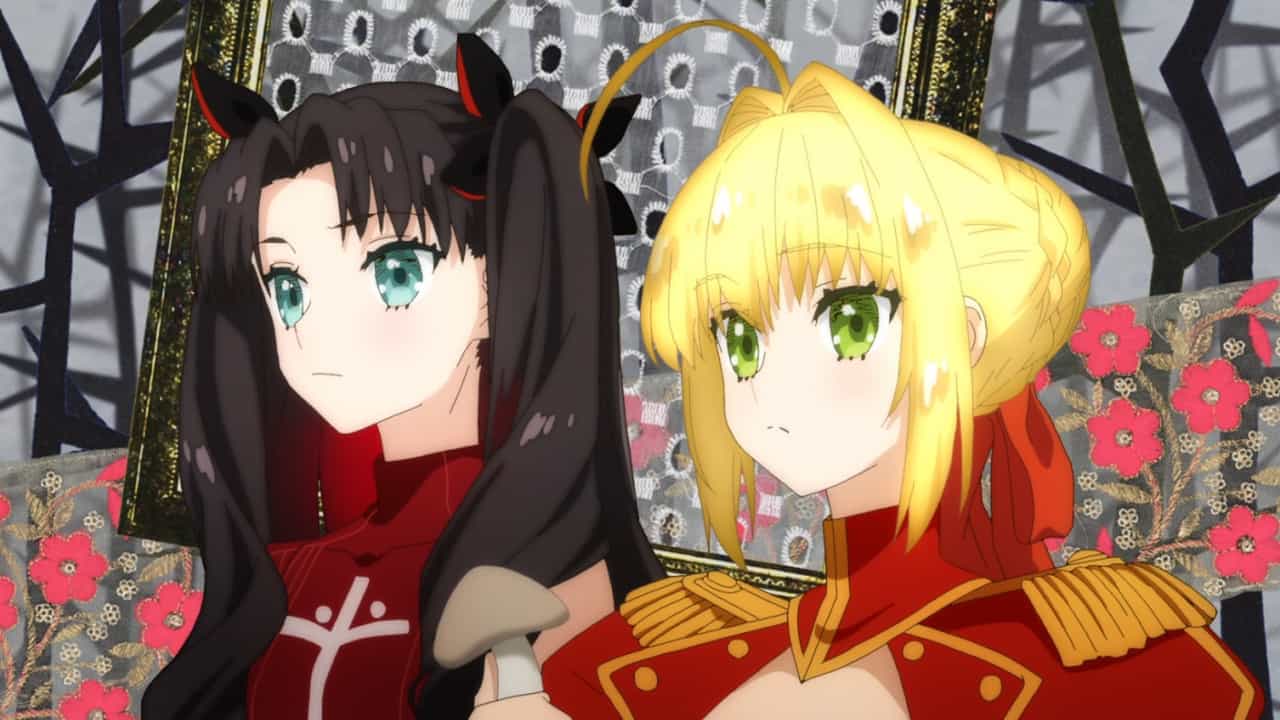
The anime takes place within a virtual reality setting and offers a compelling mix of action and suspense.
It is written by Hikaru Sakurai and produced by Marvelous, known for its exceptional animation quality.
Despite its IMDb rating of 5.3/10, it is available on Netflix and may still be worth watching for fans of the “Fate/Extra” game series.
24. BNA
The series follows Michiru Kagamori, a young girl who is transformed into a beastman after receiving a blood transfusion from her best friend, Nazuna Hiwatashi.
In search of answers about her transformation, Michiru seeks refuge in Anima City, a city created specifically for beastmen, while also striving to maintain peace within the city.
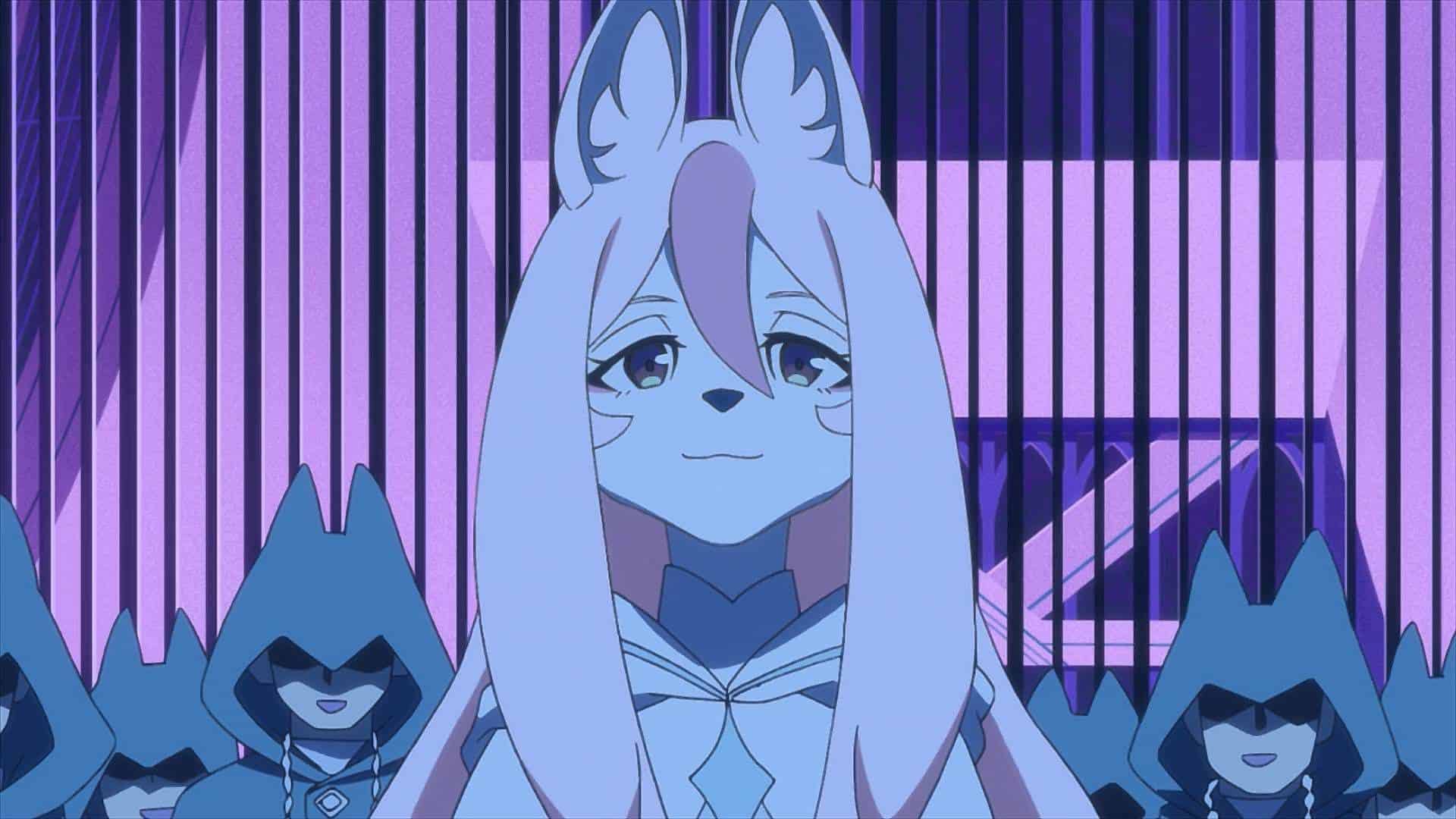
This anime is set in a world where humanity has branched into two groups: humans and beastmen.
Beastmen possess the ability to transform into animals through a DNA-based trait known as the Beast Factor. The series combines suspense, thrilling moments, and action-packed animation.
Featuring an exceptional IMDb rating of 7.2/10, this anime is definitely worth watching. It is available on Netflix for viewers to enjoy.
25. Shaman King
This anime follows the story of Yoh Asakura, a young shaman who aspires to become the Shaman King by winning the Shaman Fight.
Through this fight, Yoh aims to inherit the shaman skills and utilize the power of the Great Spirit to reshape the world.
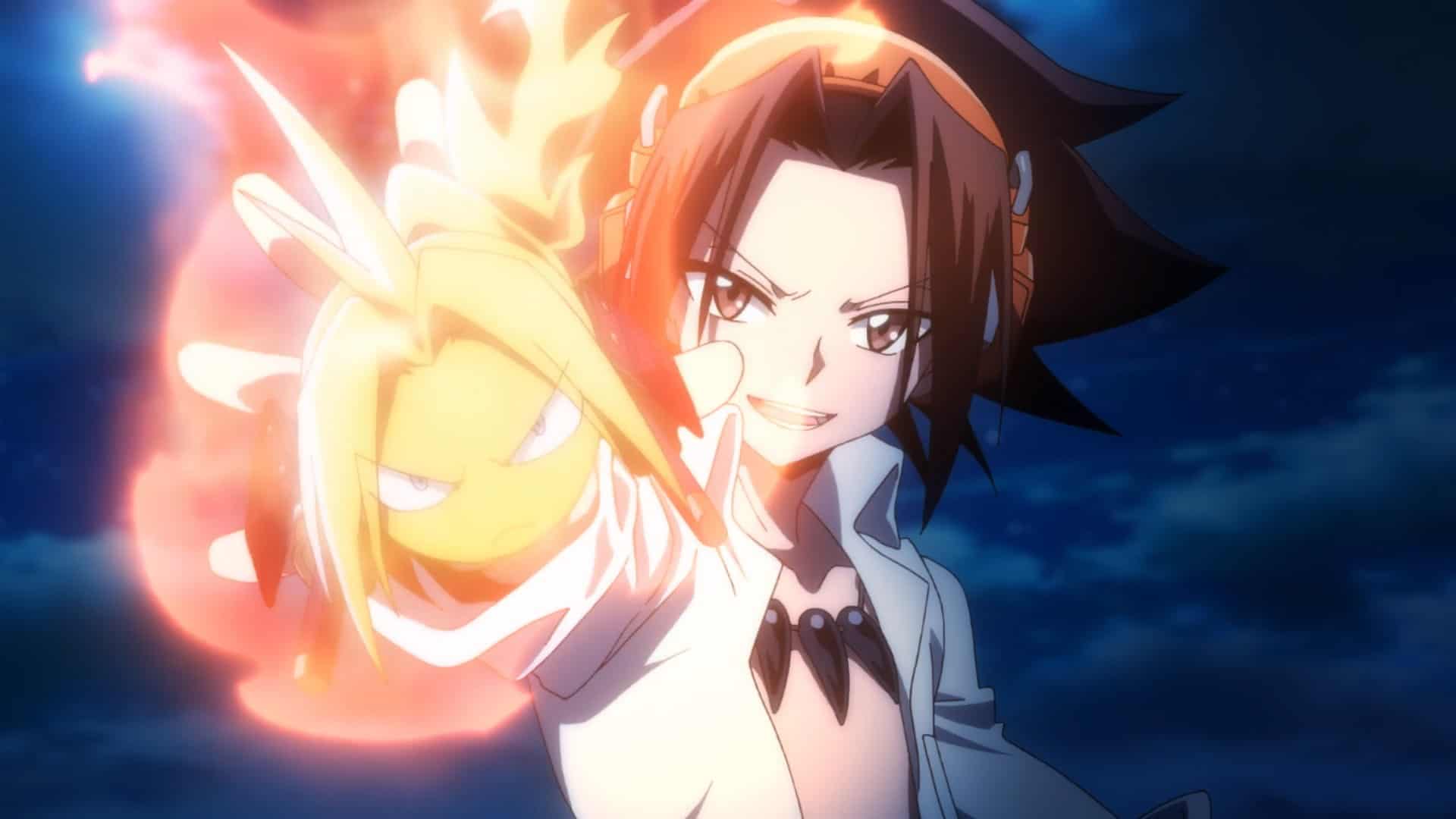
The anime is based on supernatural elements and boasts impressive animation. It was written by Katsuhiko Koide and produced with a passion that resonates with anime fans, led by Takatoshi Chino.
Boasting an impressive IMDb rating of 7/10, it is available for streaming on Netflix and comes highly recommended.
26. Neon Genesis Evangelion
The story follows Shinji Ikari, a teenager who is summoned to the futuristic city of Tokyo by his father, Gendo Ikari, the commander of a special paramilitary force called Nerv.
A violent monster threatens humanity, and Shinji reluctantly joins the paramilitary under his father’s command to pilot a giant machine with its own intelligence in order to combat and repel the monstrous threat.
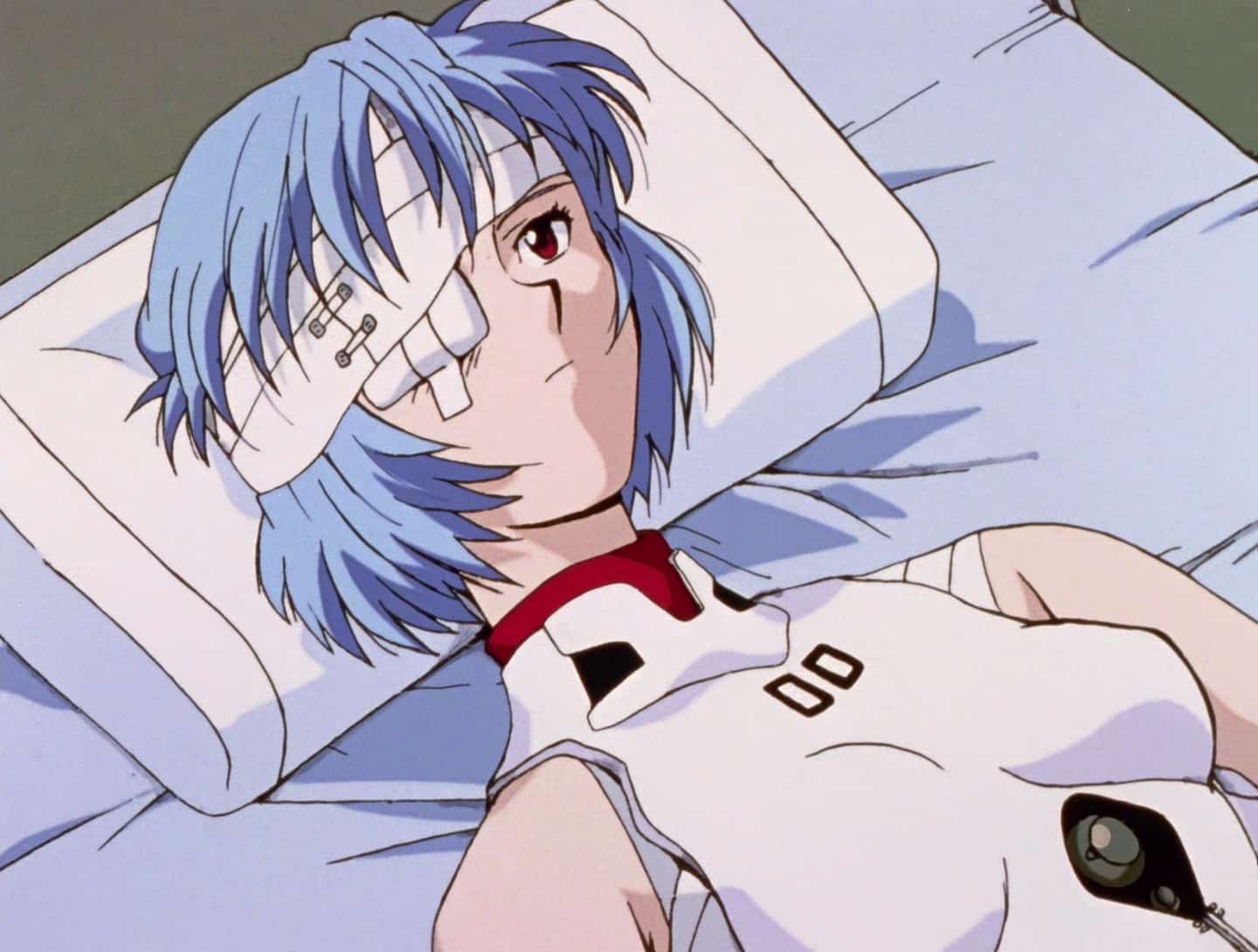
This anime is based on futuristic technologies and is filled with intense action scenes. It was written by Hideaki Anno and produced by Noriko Kobayashi, incorporating elements of suspense and comedy.
Featuring an exceptional IMDb rating of 8.5/10, it is available for streaming on Netflix and comes highly recommended.
27. Death Note
One of the greatest anime of suspense and thriller, Death Note, is written by Tsugumi Ohba and directed by Tetsuro Araki. It masterfully combines elements of horror with gripping action sequences.
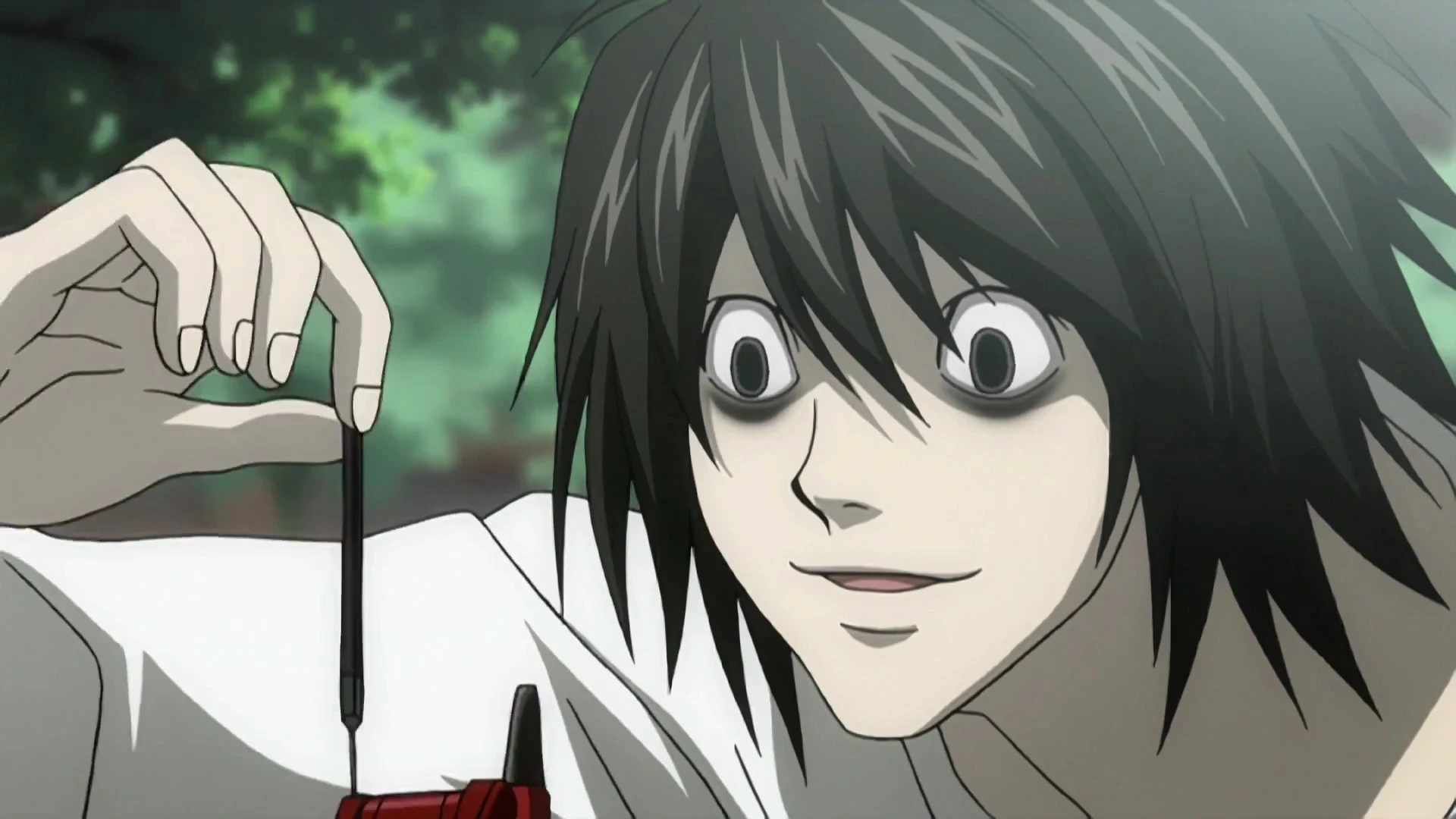
The series revolves around Light Yagami, a student at Daikoku Private Academy, who stumbles upon a mysterious and magical notebook called the Death Note, which is owned by the Shinigami Ryuk.
This accidental discovery leads Light down a dark path as he becomes the infamous Kira and engages in a rivalry with the brilliant FBI agent known as L.
Death Note showcases the strategic tactics employed by Light and the intense cat-and-mouse game between him and L.
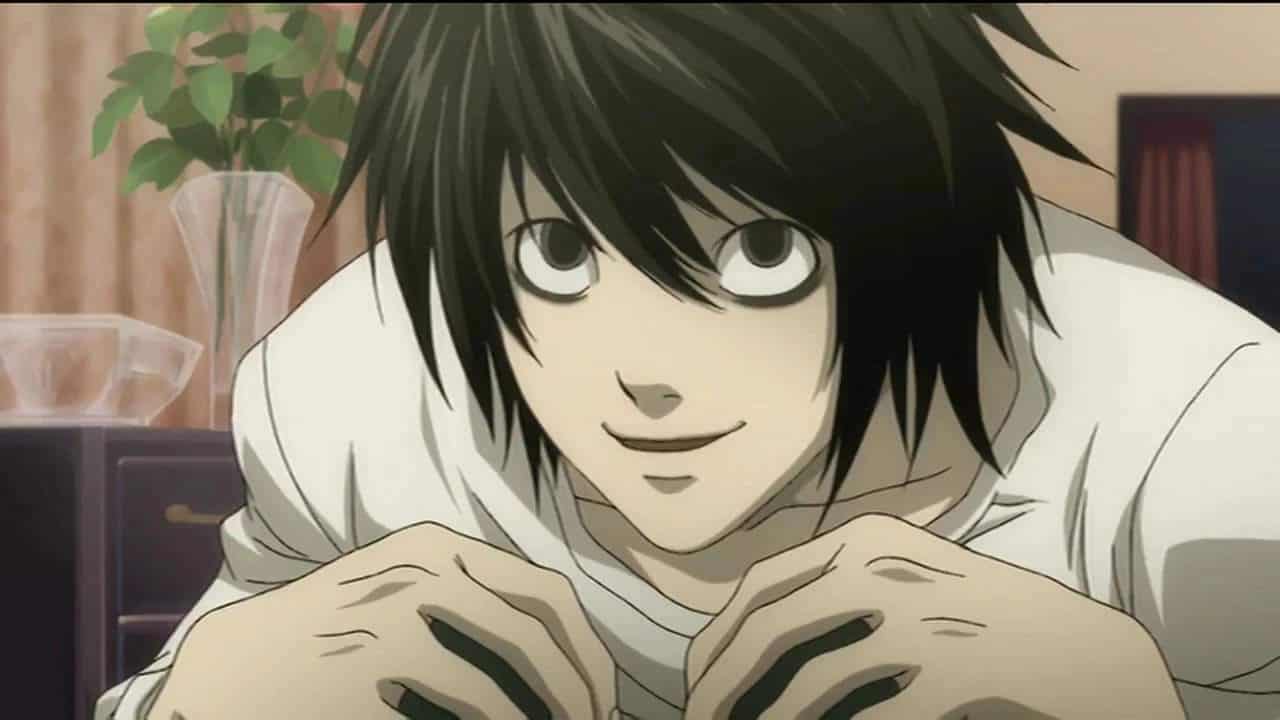
The plot twists and unexpected developments keep viewers thoroughly engaged. Overall, Death Note is a must-watch anime series that offers a captivating blend of action and horror.
Featuring an exceptional IMDb rating of 9.0/10, it is available for streaming on Netflix and comes highly recommended for anime fans.
28. Tokyo Ghoul
This anime follows the story of Ken Kaneki, a shy college student who is attacked by a ghoul and nearly killed. To survive, he undergoes surgery that transforms him into a hybrid, half-human, and half-ghoul.
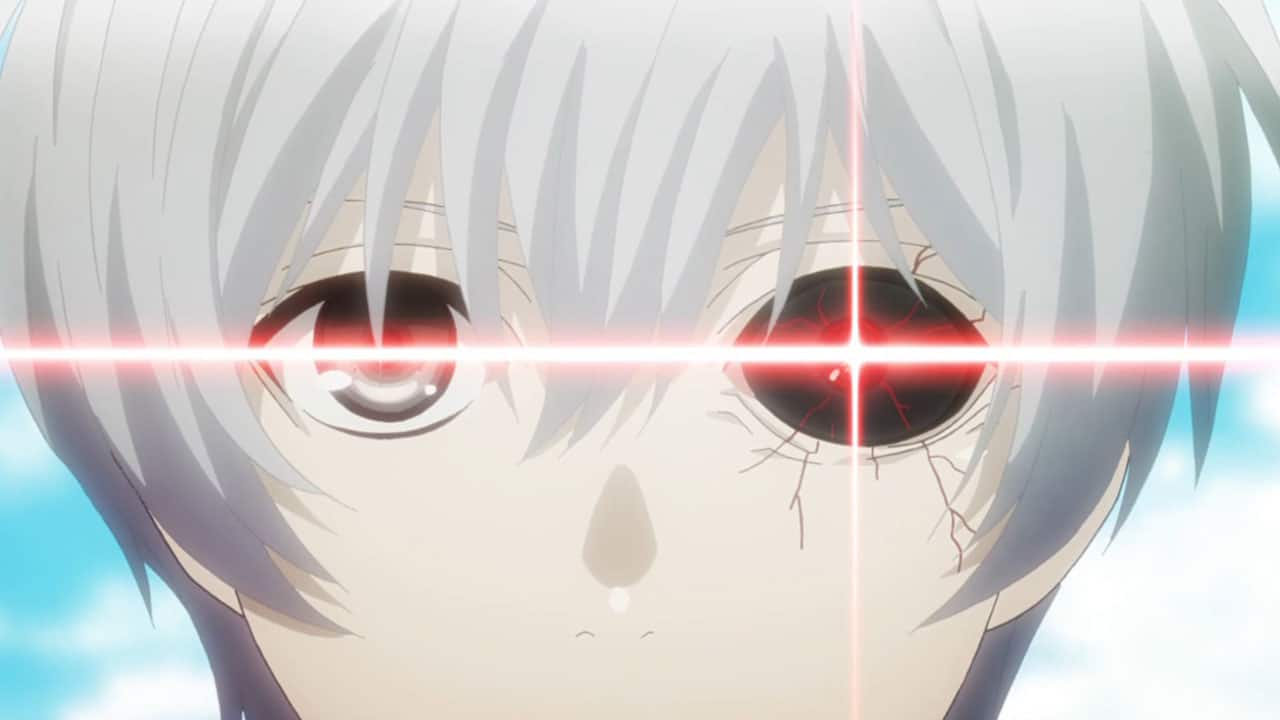
The anime is set in a world where both humans and ghouls coexist, with ghouls relying on human flesh for sustenance. It was written by Chuji Mikasano and produced by Ken Hagino and Hidetada Soga.
The series is renowned for its gripping plot twists and exhilarating action scenes. It successfully combines elements of horror and action.
Featuring an exceptional IMDb rating of 7.7/10, it is available for streaming on Netflix and comes highly recommended for its captivating blend of genres.
29. Dr. Stone
In a world where all humans have suddenly been turned to stone by a mysterious flash of light, the anime follows the story of Senku Ishigami, a 15-year-old prodigy who awakens from his petrified state.
Determined to unravel the cause of the phenomenon and find a cure to revive humanity, Senku establishes a camp and begins his investigation.
The anime focuses on Senku’s growth and his thrilling journey alongside his friends after discovering the cure for revival.
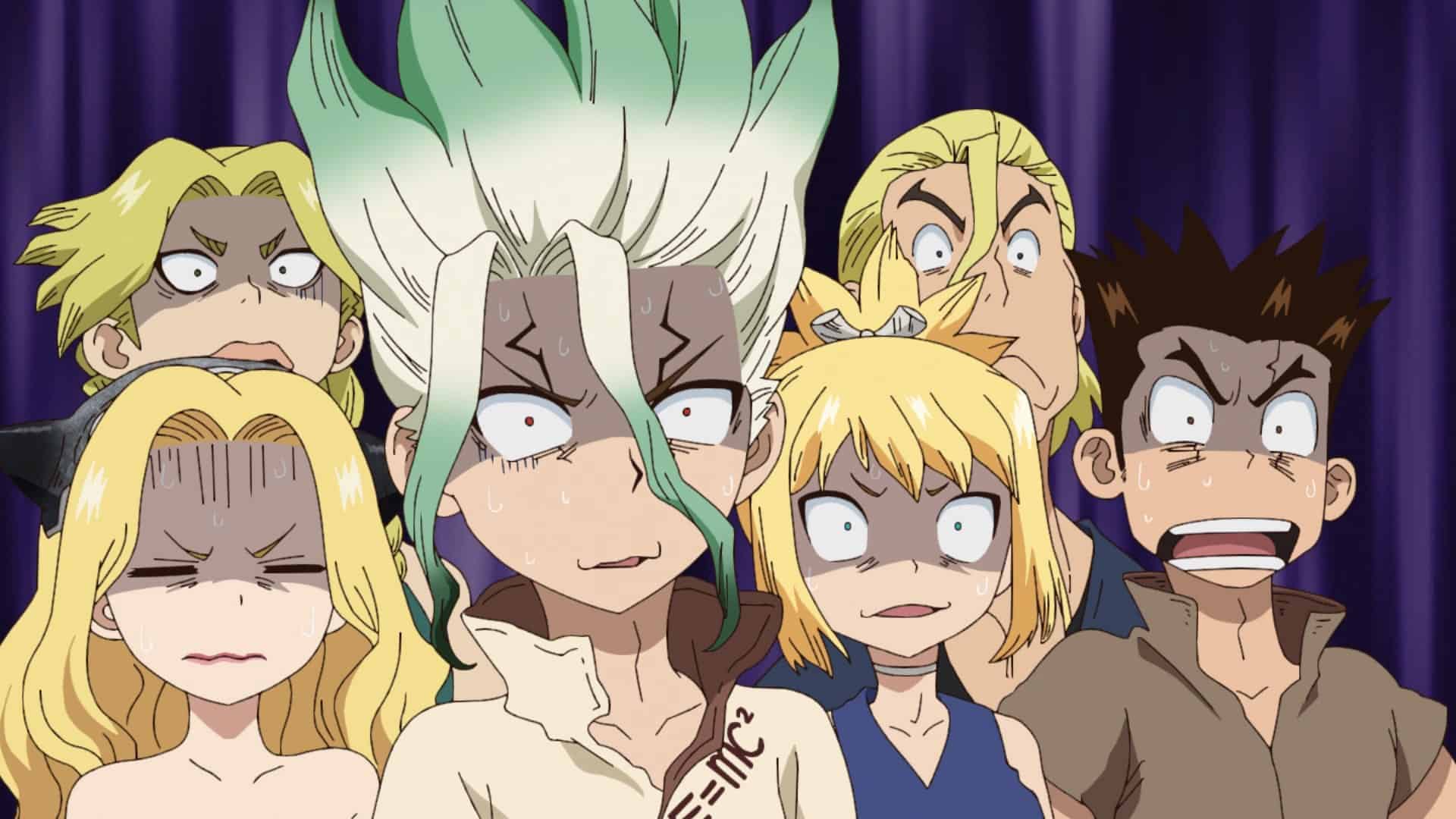
It was written by Yuichiro Kido and produced by TMS Entertainment, contributing to the anime’s remarkable animation quality, action sequences, and comedic moments.
The series combines elements of adventure, a post-apocalyptic setting, and science fiction. Boasting an impressive IMDb rating of 8.1/10, it is highly acclaimed by viewers. The anime is available on Netflix and comes highly recommended for its captivating blend of genres.
30. Berserk
This anime depicts the story of Guts, a character who joins a group of mercenaries known as the Band of the Hawk. He fights under the leadership of Griffith, the ambitious leader of the band who seeks to attain godlike power and rule the kingdom through sacrifices.
Guts’ journey adds an intriguing layer to the series, combining elements of horror and dark fantasy.
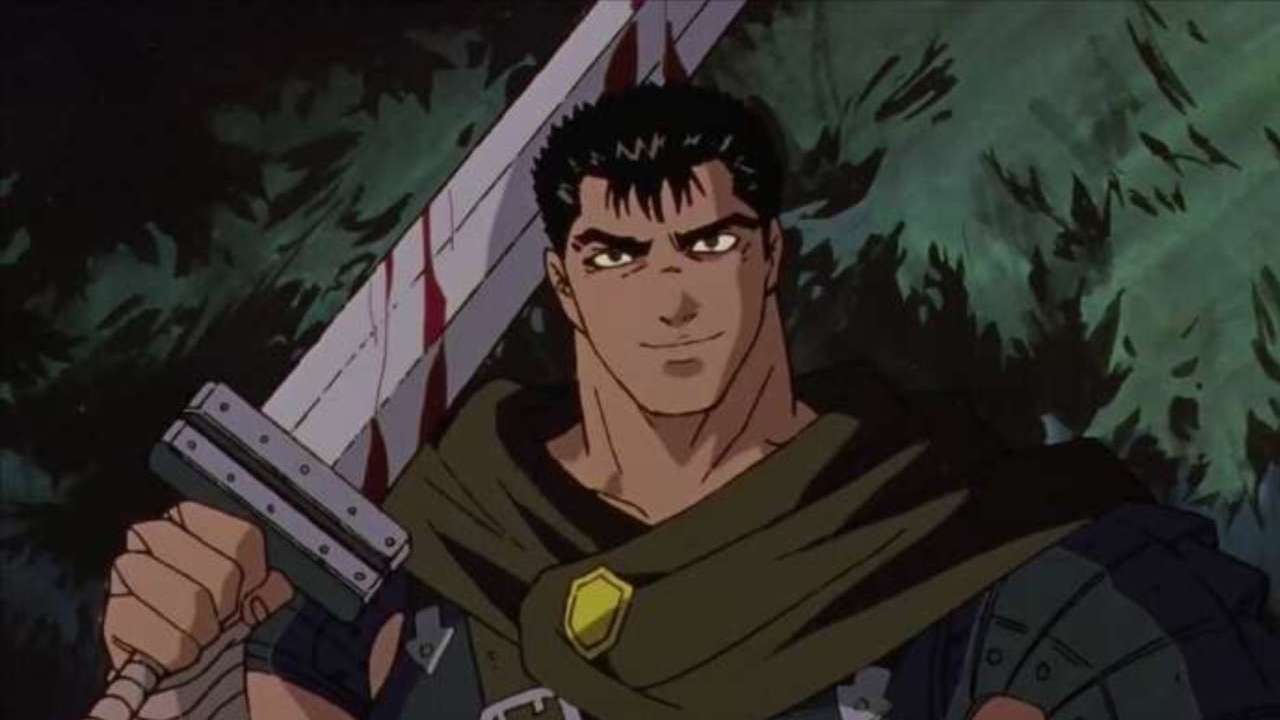
It was written by Makoto Fukami and directed by Shin Itagaki, who brought forth the anime’s intense and wicked action scenes and adventurous plot.
Featuring an exceptional IMDb rating of 6.7/10, the anime is available for streaming on Netflix. It is highly recommended for anime lovers who enjoy thrilling sword-fighting action sequences at their finest.
Also Read: The Devil Is a Part-Timer! Anime’s Sequel Debuts July 13, More Cast, Song, Promo Video Released
31. Hell’s Paradise
This anime follows the story of Gabimaru, a skilled ninja who has been sentenced to execution. However, due to his exceptional strength, the executioner finds it impossible to carry out the sentence.
In a twist of fate, Yamada Asaemon Sagiri, one of the executioners, offers Gabimaru a chance to clear his crimes. The condition is that he must find the elixir of life in Shinsenkyo, a legendary realm located in the southwest of the Ryukyu Kingdom.

The anime showcases Gabimaru’s thrilling adventure and intense fighting scenes, accompanied by top-notch animation and an epic storyline.
It was written by Akira Kindaichi and produced by Nozomi Ishii, who has made significant contributions to creating one of the greatest anime series of all time.
Featuring an exceptional IMDb rating of 8.5/10, the anime is available for streaming on Netflix. It comes highly recommended for its captivating narrative and is a must-watch for anime enthusiasts.
32. Assassination Classroom
This anime revolves around a powerful octopus who takes on the role of a teacher in a junior high school. This octopus possesses supernatural powers and is responsible for destroying 70% of the moon.
In an unusual turn of events, the octopus offers humanity a chance to change the future by attempting to assassinate him. The students are then assigned the task of assassinating their own teacher to prevent the destruction of the Earth.
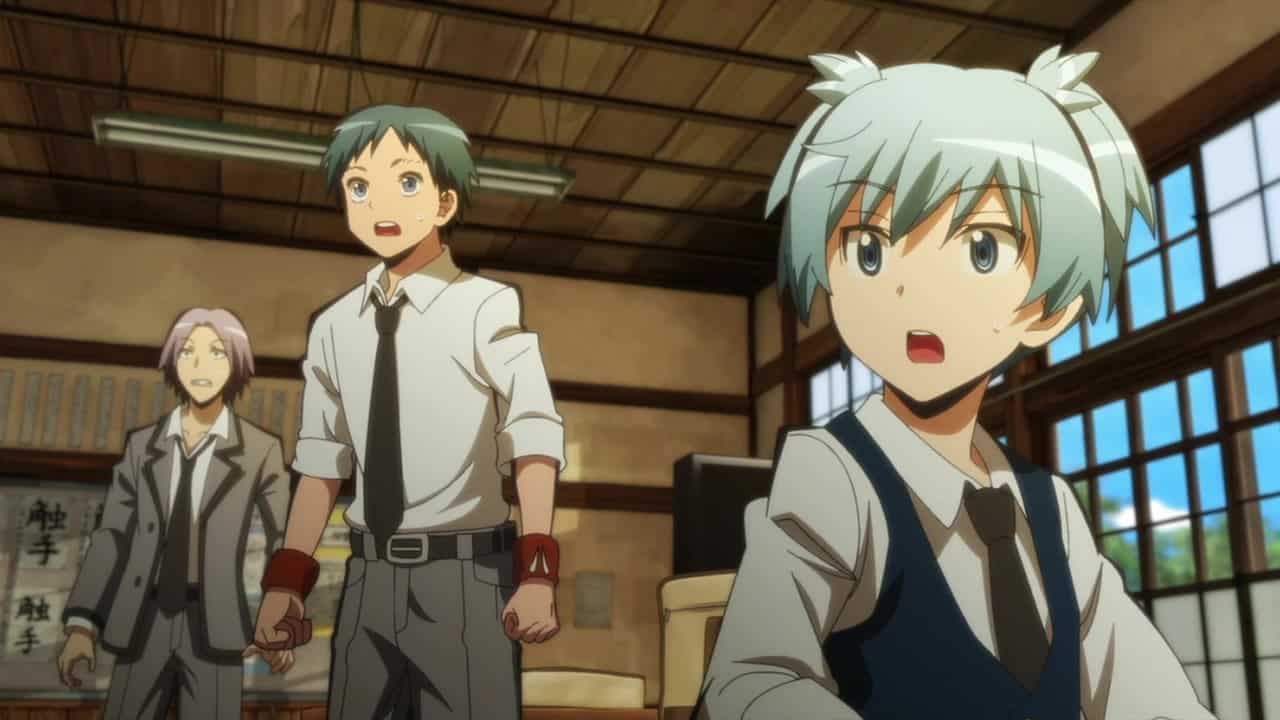
The anime combines intense action scenes with elements of comedy and mystery, creating a highly entertaining experience.
It was written by Makoto Uezu and produced by Noriko Ozaki, adding their creative talents to the series.
Featuring an exceptional IMDb rating of 8/10, the anime is available for streaming on Netflix. It comes highly recommended for its overpowered action sequences, comedic moments, and intriguing storyline.
33. Last Hope
This science fiction anime takes place in a city where civilization has been devastated by a catastrophic event—an explosion in a quantum reactor.
This incident triggers a chain reaction that mutates animals into bio-mechanical creatures known as BRAI (Biological Revolutionary of Accelerated Intellect).
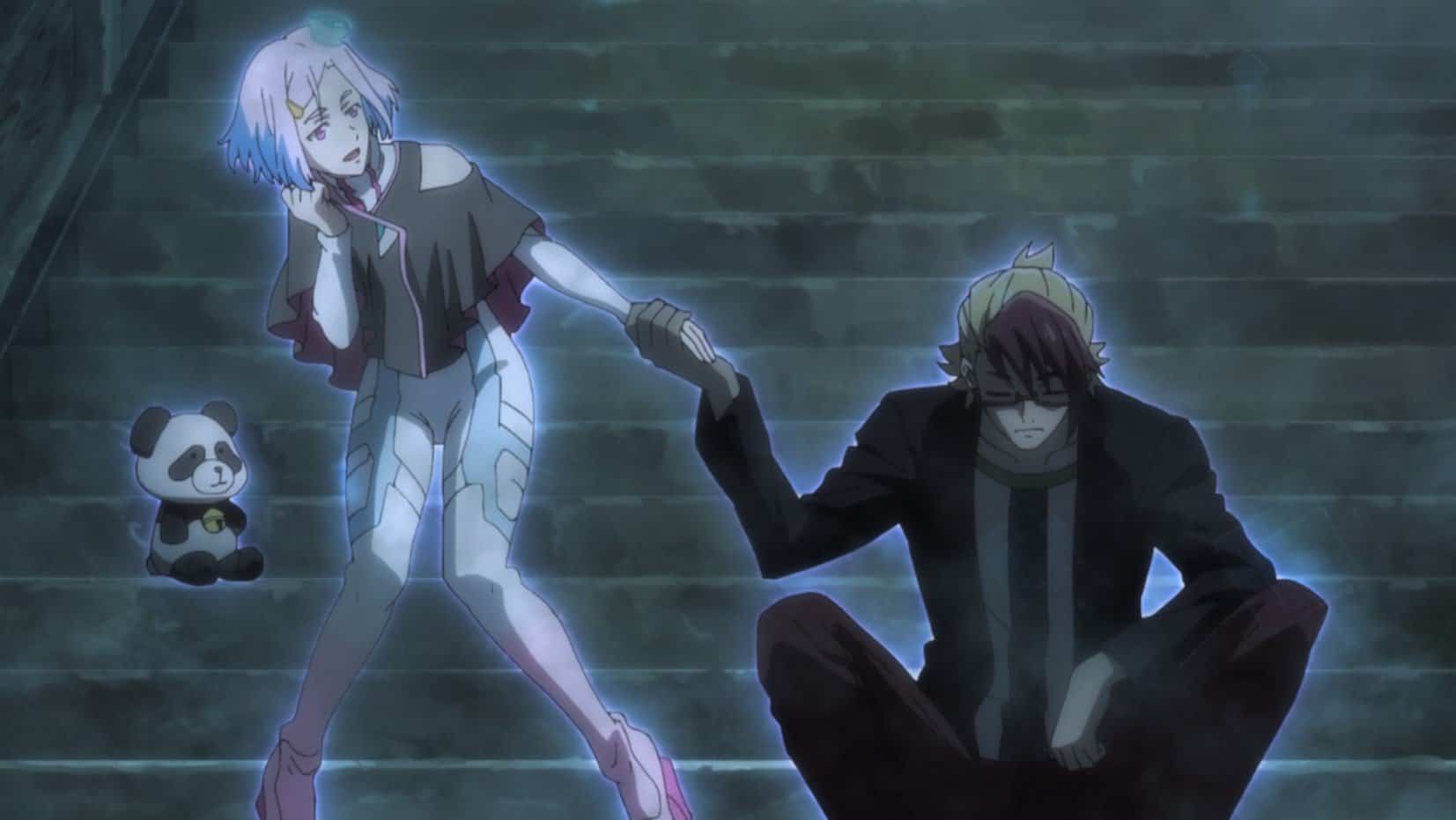
To restore stability to the reactor, protect humanity, and combat the BRAI, humans create the MOEV (Multi-Purpose Organic Evolution Vehicle). These vehicles, equipped with HyperDrive technology, become the frontline defense against the BRAI.
The anime combines the thrilling elements of Mecha with an epic storyline. It is written by Toshizo Nemoto and produced by Hiroyuki Aoi, who has contributed to the creation of this action-packed series.
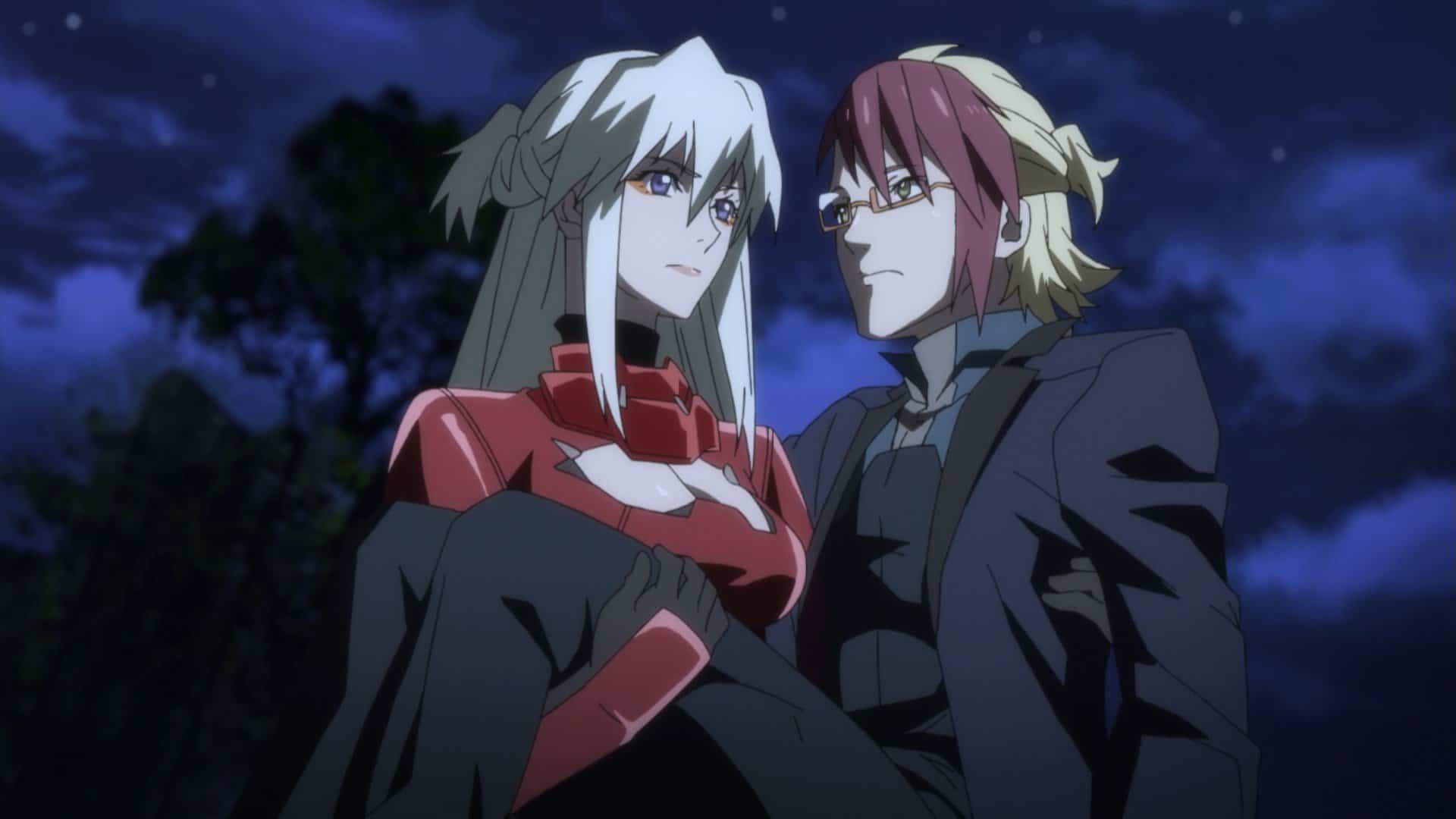
Boasting an impressive IMDb rating of 5.8/10, the anime is available for streaming on Netflix. It is highly recommended for fans of Mecha genres and those seeking an engaging and visually stunning science fiction experience.
34. Hellsing Ultimate
This anime centers around the Hellsing organization, which is named after Abraham Van Helsing, the famed vampire hunter. The organization’s primary objective is to protect the royal family and carry out their orders.
They are tasked with identifying and eliminating supernatural threats that pose a danger to the queen and the country. Leading the organization is Sir Integra Fairbrook Wingates Hellsing, who inherits the will of the Hellsing family.
One of the organization’s crucial missions is to monitor and neutralize the threat of Nazi Germany, which is creating a battalion of vampires and planning to instigate a third World War in London.
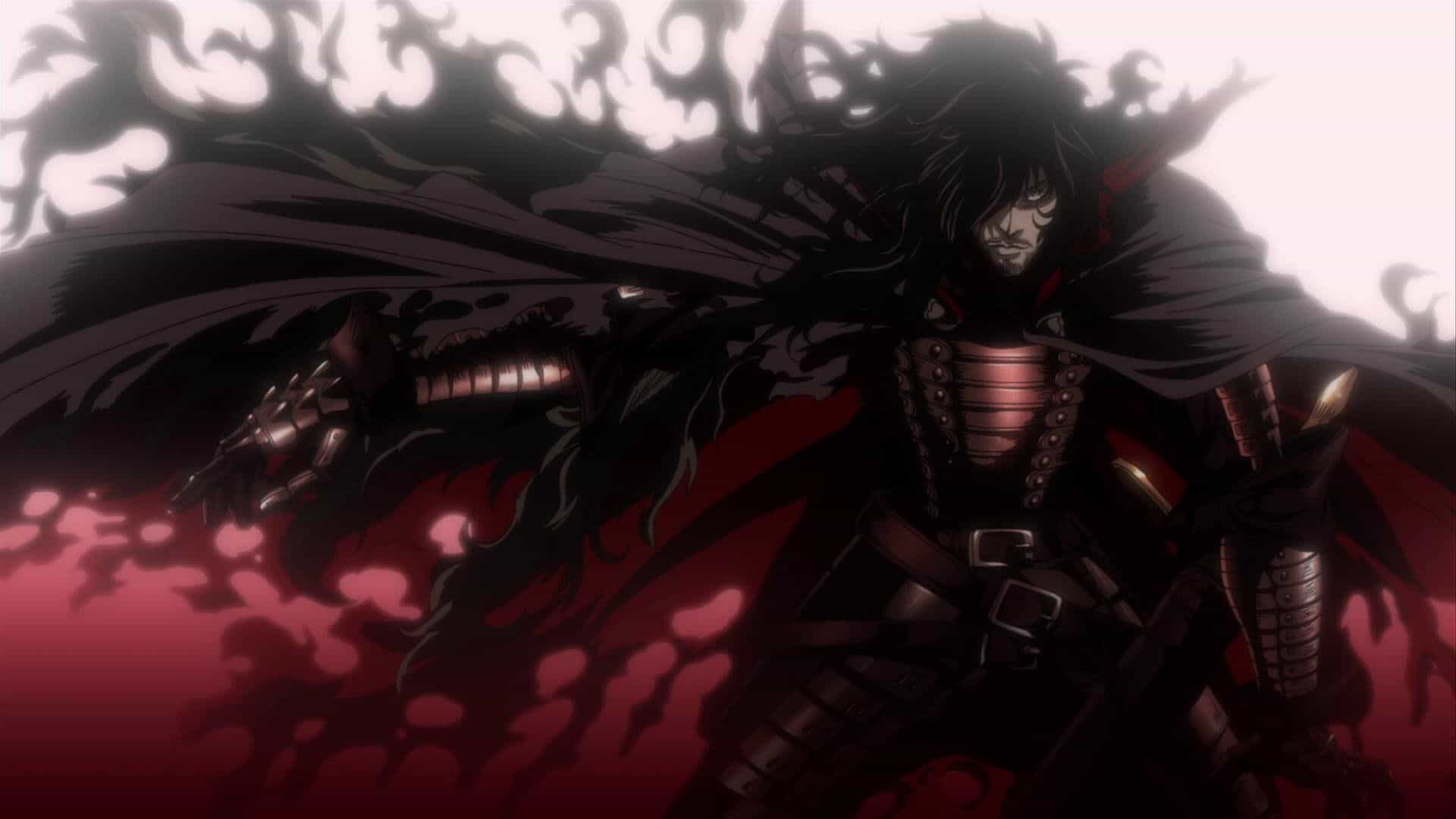
The anime showcases a captivating storyline and well-developed characters, making it a standout series.
It is written by Chiaki J. Konaka and directed by Umanosuke Iida, both of whom contribute to the anime’s exceptional quality. The show incorporates elements of action, vampires, and dark adventure, creating a unique and thrilling viewing experience.
Featuring an exceptional IMDb rating of 8.2/10, this anime is available for streaming on Netflix. It comes highly recommended for its engaging story, well-crafted characters, and captivating action.
35. Spy x Family
This anime revolves around a genius spy who undertakes missions to prevent wars and maintain peace in the spy world. The story follows the spy’s thrilling adventures and the challenges he faces along the way.
His main mission involves infiltrating a prestigious high-class school by creating a fake family. To accomplish this, the spy adopts a child named Anya Forger, who possesses the power of telepathy unbeknownst to him.
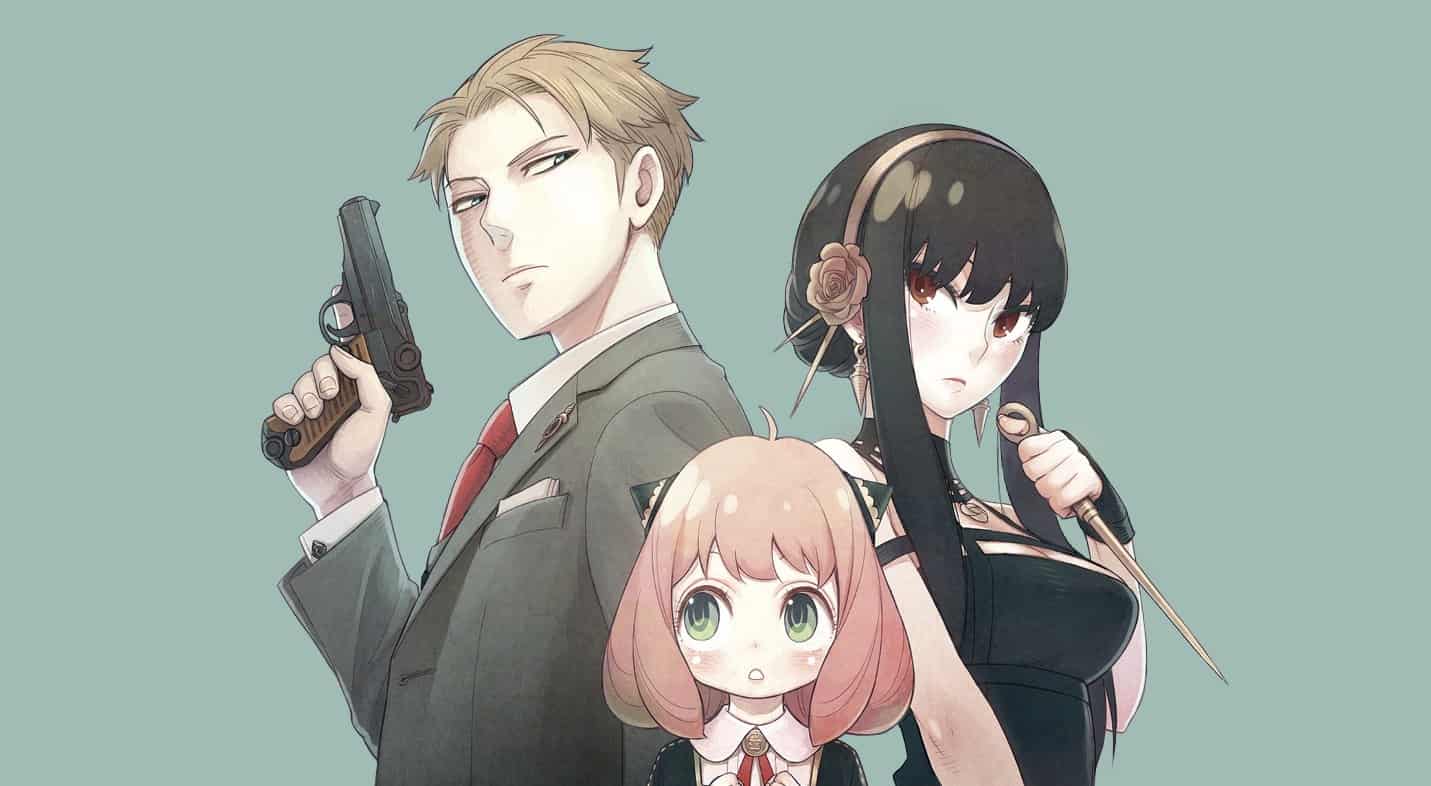
Additionally, he persuades a woman, who is actually an assassin, to pose as his wife. The twist comes when Anya becomes aware of her parents’ true identities while they remain oblivious to her abilities.
The anime combines action scenes with comedy, depicting the difficulties the characters face in maintaining their relationships and appearances in public.
It is written by Kazuhiro Furuhashi and produced by Wit Studio and CloverWorks, ensuring a high-quality production.
Featuring an exceptional IMDb rating of 8.5/10, this anime is available for streaming on Netflix and comes highly recommended.
It offers a captivating blend of action, comedy, and espionage, making it a must-watch for fans of the genre.
36. Mob Psycho 100
This anime centers around the life of an overpowered character named Mob, who possesses psychic abilities and is a student in the 8th grade. The series showcases stunning animation and showcases intense battles throughout.
Written by Hiroshi Seko and directed by Takahiro Hasui, the anime presents a compelling narrative that explores Mob’s desire for a normal life.
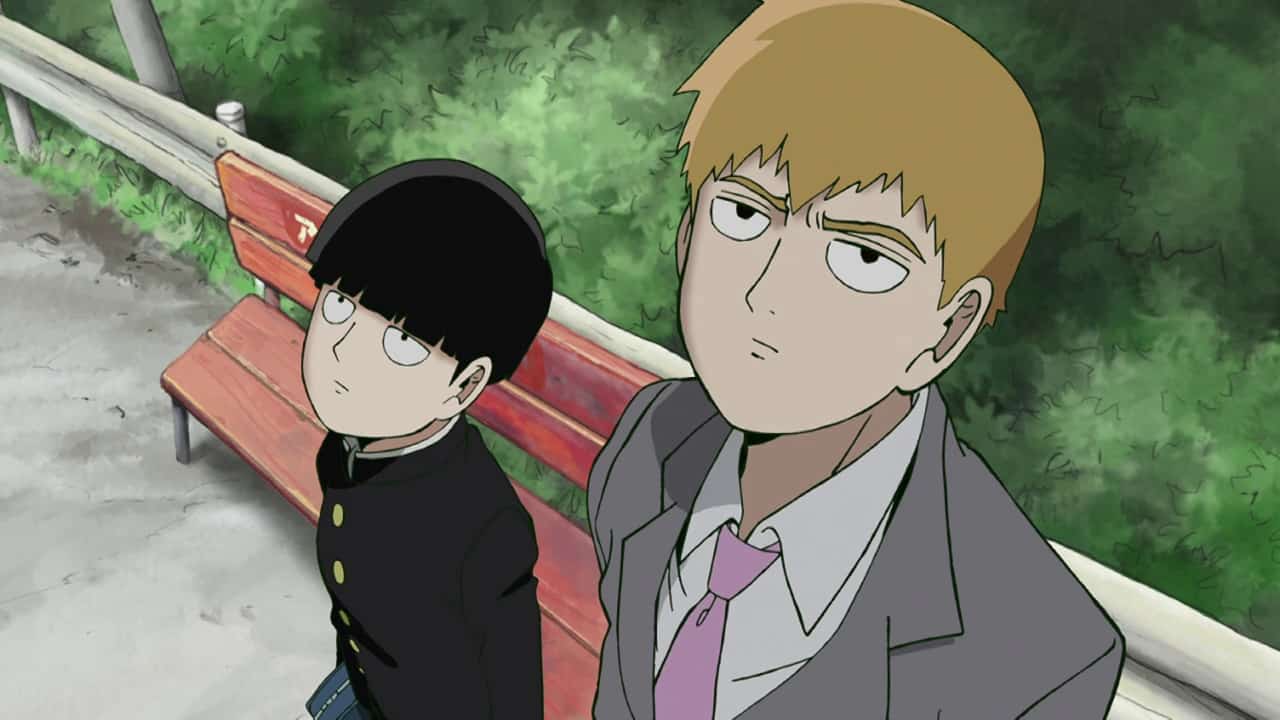
However, he struggles to control his emotions, leading to outbursts of power that can inadvertently harm his loved ones.
Featuring an exceptional IMDb rating of 8.6/10, this anime is available for streaming on Netflix and comes highly recommended. It appeals to anime lovers who enjoy watching stories featuring overpowered characters and exceptional animation.
37. Fate/Apocrypha
This anime is set in a war-torn world and explores themes of action, war, and the apocalypse. It takes place during the Second World War, specifically the Third Holy Grail War.
Darnic Prestone Yggdmillennia, acting on behalf of the Third Reich, steals the Greater Grail. However, he later betrays the Nazis and secretly transports them to Romania.

After six decades, the Yggdmillennia clan initiates a conflict against the Mage’s Association in the Greater Grail War. This sets two groups of servants against each other in a battle for the Grail.
Written by Yuichiro Higashide and produced by Tomoyuki Ohwada, the anime showcases impressive animation and skillfully builds intense action scenes.
Boasting an impressive IMDb rating of 6.6/10, this series is available for streaming on Netflix and comes highly recommended for fans of war-themed anime and action-packed storytelling.
38. Blue Lock
This anime follows the story of a high school soccer tournament where players from various schools across Japan compete to create the greatest soccer team in history.
The focus is on finding the most talented and egoistic strikers, aiming to improve the performance of the Japanese National team, which is currently ranked 16th in the FIFA World Cup.
In this anime, a unique training regimen called Blue Lock is introduced, designed to test players from all over Japan to determine if they have what it takes to become part of the strongest team.
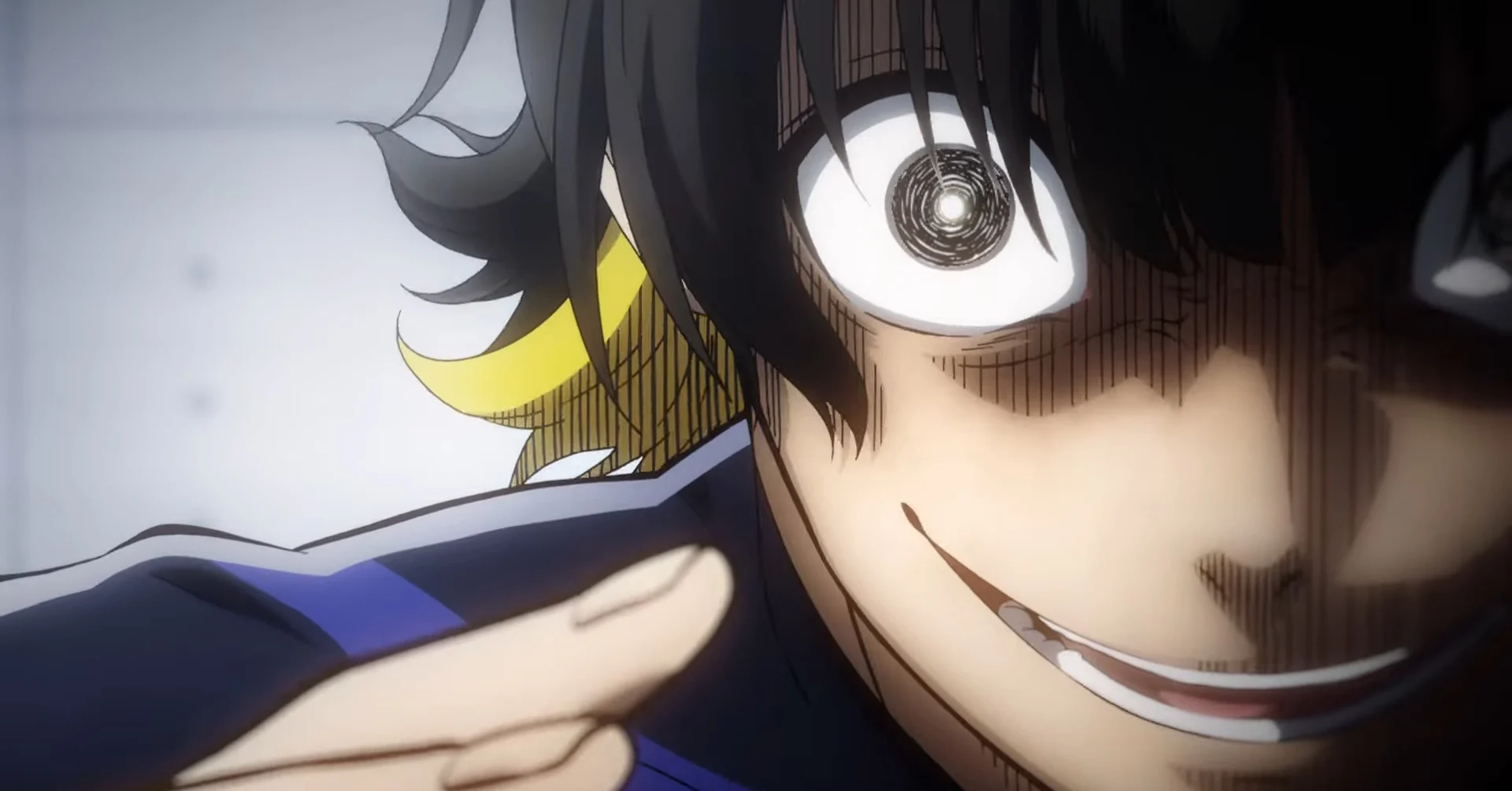
Those who pass the regimen are given the opportunity to be selected for the national soccer team, while those who fail will never have a chance to play for the national team.
This series is an excellent example of a sports action and adventure anime filled with epic action scenes and comedy. It is written by Taku Kishimoto and produced by Eight Bit Studio. Featuring an exceptional IMDb rating of 8.3/10.
It comes highly recommended for fans of sports anime, showcasing the intense competition and growth of the characters as they strive to become the best in their field.
39. Inuyasha
This anime follows the story of Kagome Higurashi, a girl living in modern Tokyo, who is unexpectedly transported to Japan’s Sengoku period through a mystical well.
There, she discovers her past life as Kikyo, a warrior priestess, and encounters Inuyasha, a half-human, half-demon hybrid.
Together, they embark on a quest to retrieve the shards of the powerful Shikon Jewel, which has been shattered and scattered across Japan, falling into the possession of both humans and demons.
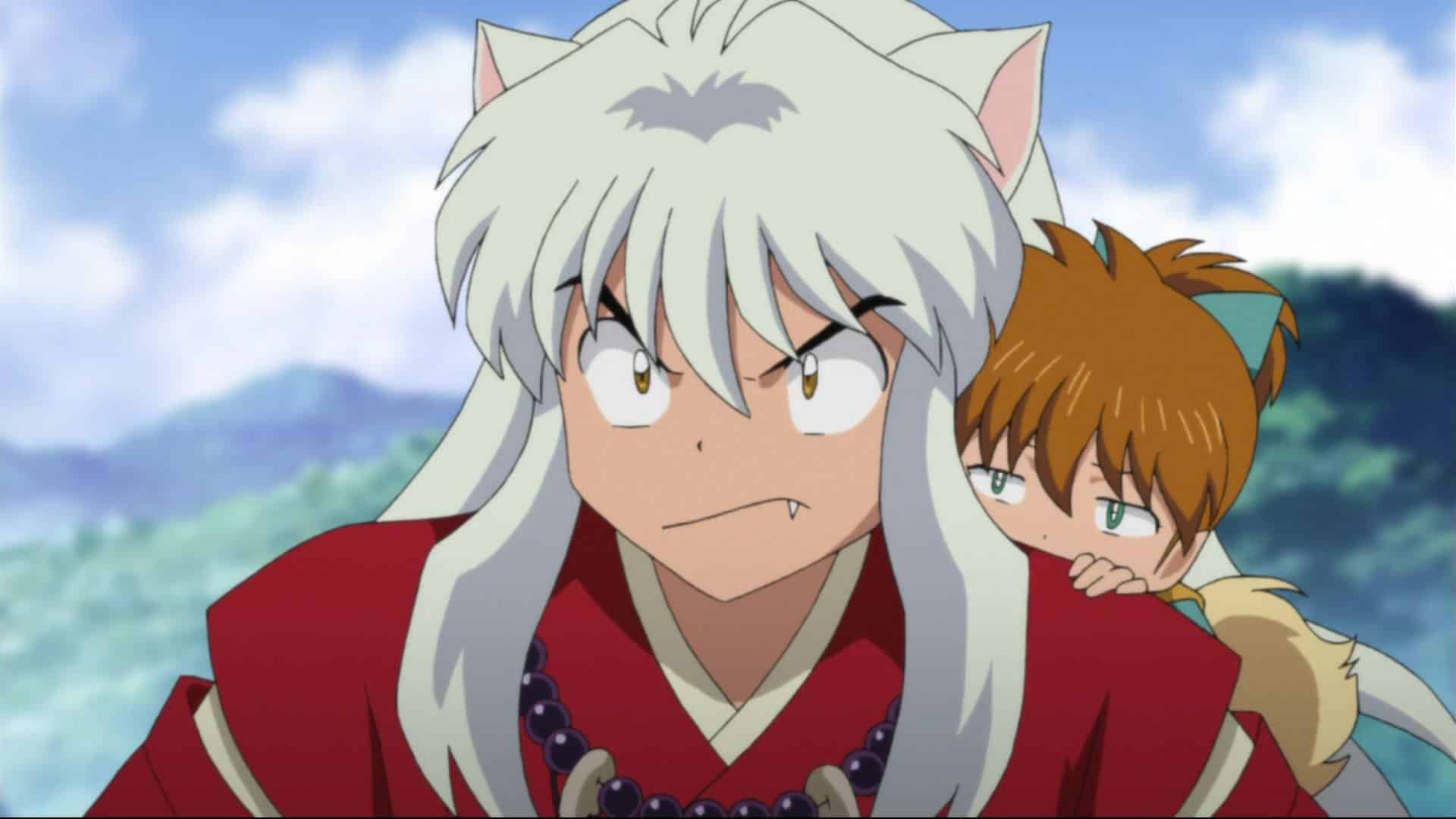
The anime combines action, adventure, and comedy as Kagome and Inuyasha encounter various challenges and enemies on their journey.
The series is written by Katsuyuki Sumisawa and produced by Naohiro Ogata. It offers a compelling storyline filled with supernatural elements, intense battles, and humorous moments.
Featuring an exceptional IMDb rating of 7.9/10, this anime is highly regarded by viewers. It is available on Netflix and is recommended for those who enjoy action-packed adventures with a touch of comedy.
Also Read: 60 Best Anime Available On Netflix
40. Seis Manos
This anime follows the adventure of three orphaned martial arts students in a fictional Mexican town called San Simon. These kids are trained in Chinese martial arts by their mentors.
However, when their mentor is killed, the three students seek revenge and join forces with an American DEA agent and a policewoman.
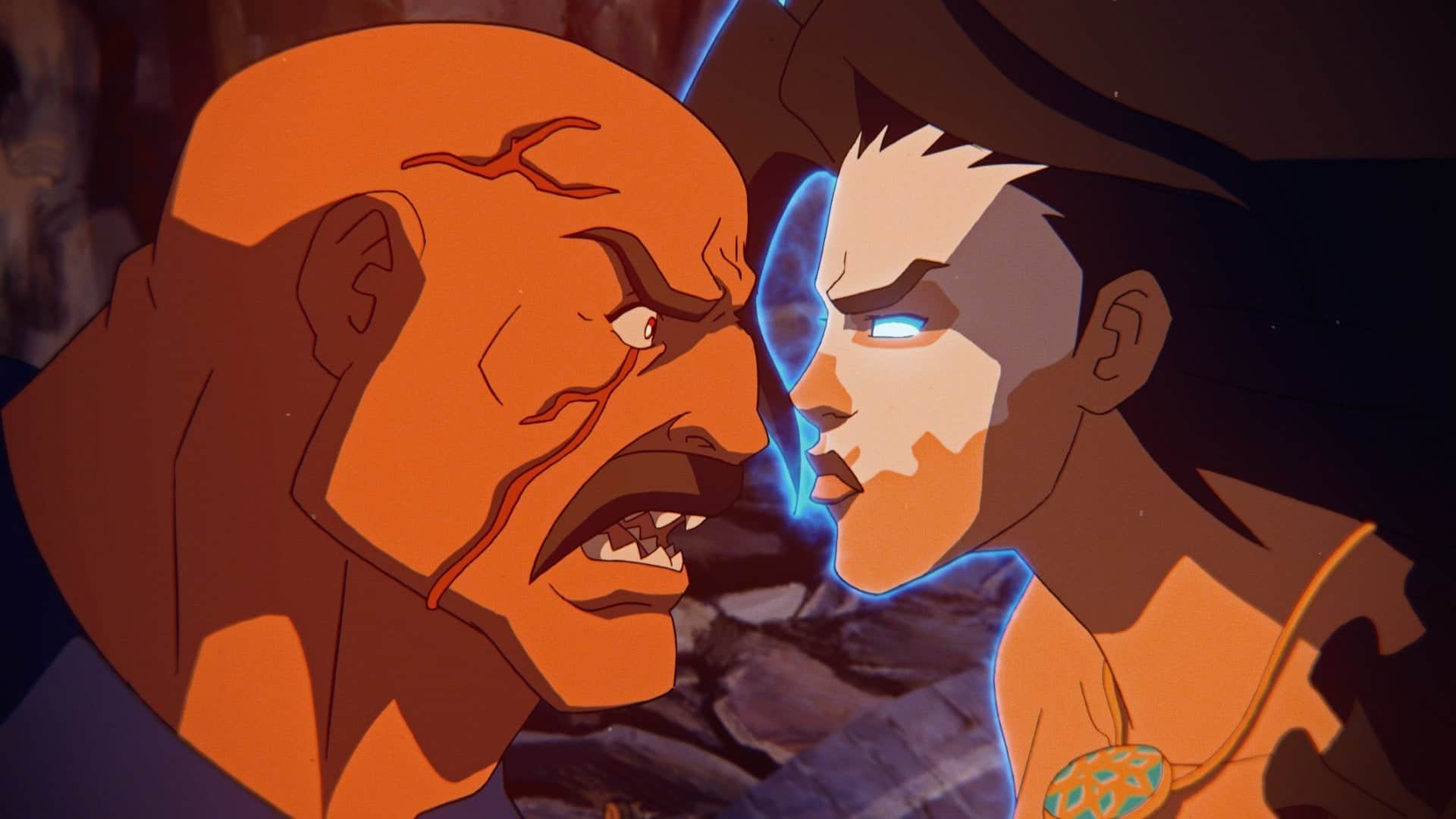
This anime incorporates elements of demonic powers, ancient rituals, and blood sacrifice. It is written by Daniel Dominguez and Alvaro Rodriguez and directed by Willis Bulliner.
*”Seis Manos” is known for its top-notch action and falls under the fiction genre.
The series has an IMDb rating of 7.1/10 and is available on Netflix. It comes highly recommended for viewers who enjoy action-packed animated shows.
41. Mieruko-Chan
This anime follows the story of Miko Yotsuya, a high school student who has gained a mysterious power — the ability to see ghosts and spirits that are seeking her and haunting both her and the people around her.
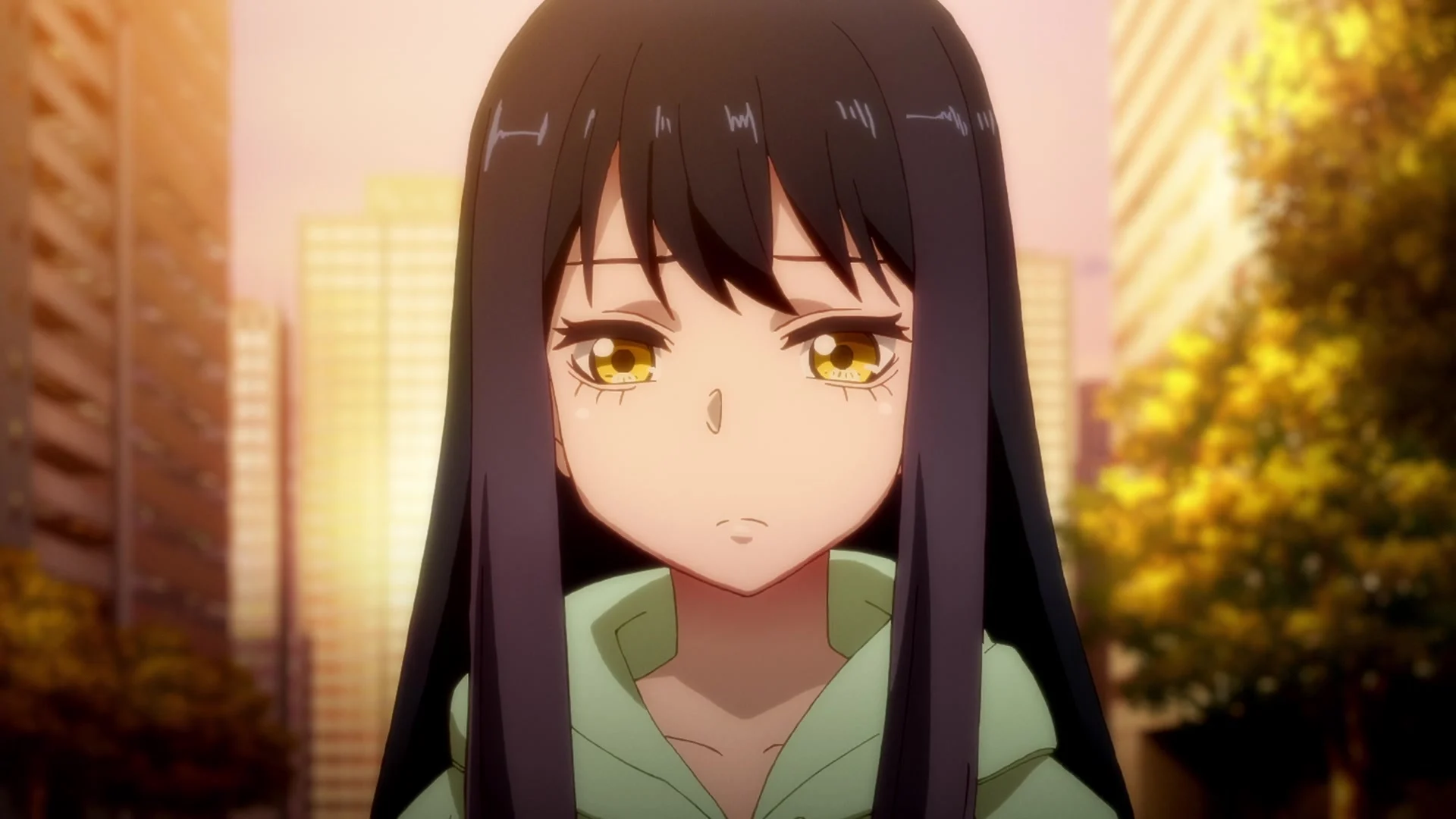
Miko makes an extreme effort to ignore the existence of ghosts and spirits, striving to live a happy and normal life like other people do.
This anime features action sequences blended with horror comedy. It is written by Kenta Ihara and directed by Yuki Ogawa.
Featuring an exceptional IMDb rating of 7.2/10 and available on Netflix, it comes highly recommended.
42. Seraph Of The End
This anime depicts a global apocalypse caused by a supposed man-made virus, which spares only children under the age of thirteen. Vampires come out of hiding, taking over the world and driving humanity underground.
The story revolves around Yuichiro and his friend Mikaela, who plan to escape from the vampire-controlled orphanage but tragically die in the process.
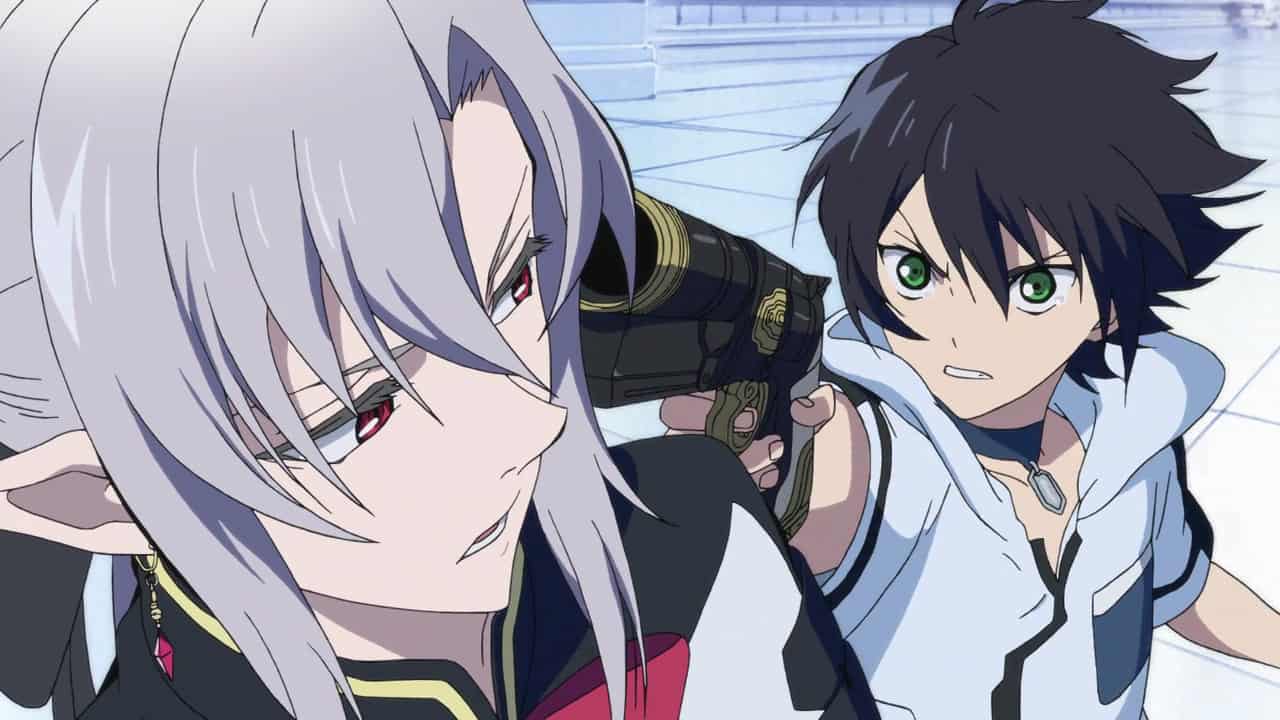
Yuichiro is rescued and joins the Moon Demon Company with the goal of avenging his lost “family.” Unbeknownst to him, Mikaela survives and seeks to reunite with Yuichiro.
With its top-notch animation and vampire storyline, this anime ranks among the best.
It is written by Hiroshi Seko and directed by Daisuke Tokudo, combining elements of horror, vampires, and dark fantasy.
Boasting an impressive IMDb rating of 7.4/10 and still trending, it is highly recommended and available on Netflix.
43. Made in Abyss
This anime follows an orphaned girl named Riko who lives in an orphanage in the town of Orth. Riko accidentally discovers a part-robot boy named Reg and travels to a deep, gigantic hole named the Abyss, which is surrounded by the town.
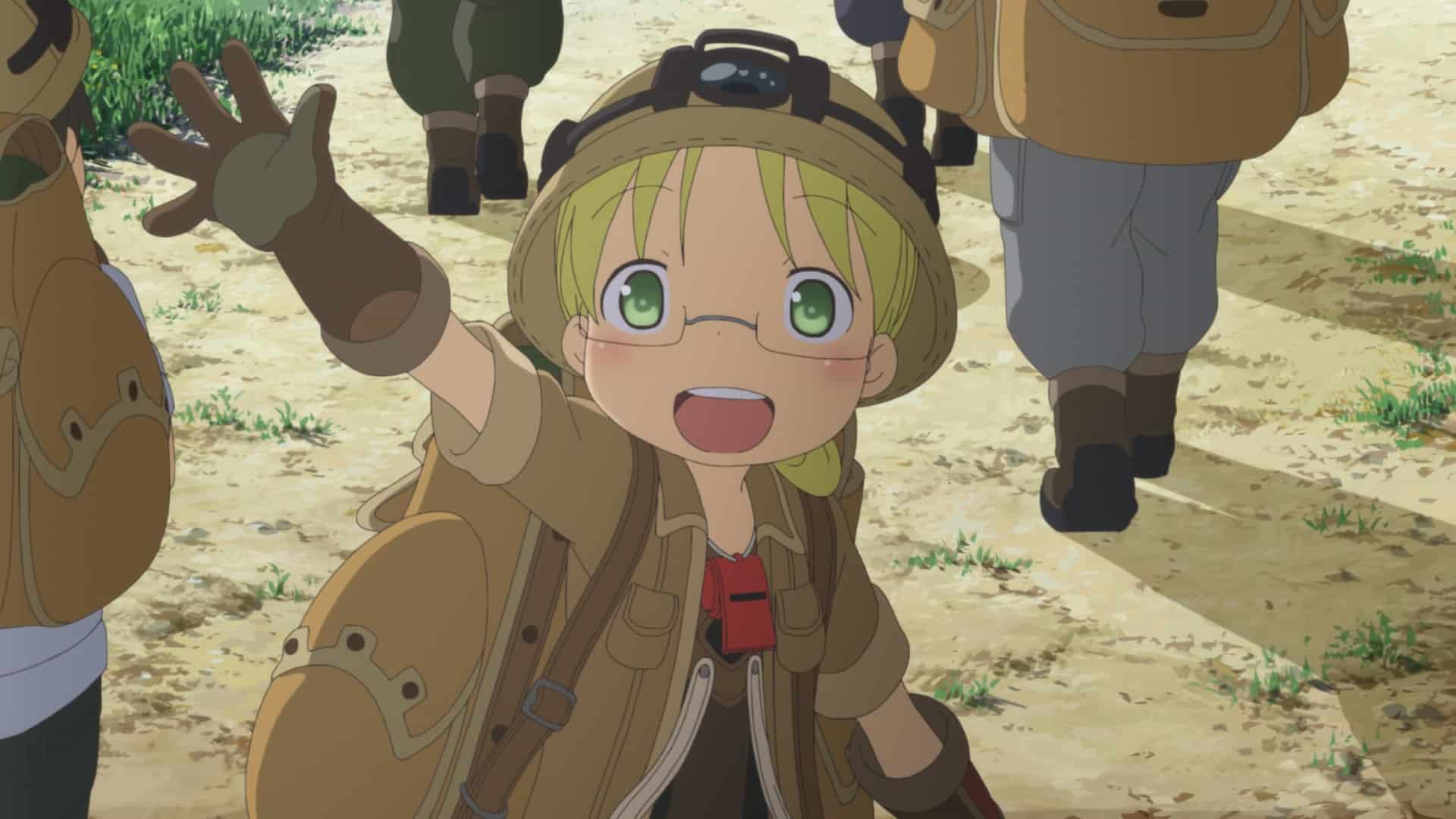
They journey deep into the Earth in order to find Riko’s mother, Lysa, who is presumed to be dead after taking a step into the Abyss, and also to explore the Earth.
This anime combines elements of adventure, dark fantasy, and science fiction with top-notch animation and action scenes.
It was written by Hideyuki Kurata and directed by Masayuki Kojima. Featuring an exceptional IMDb rating of 8.4/10 and available on Netflix, it is highly recommended.
44. Yasuke
This anime follows an African warrior named Yasuke, who serves Lord Oda Nobunaga to become the finest and strongest warrior and witnesses his fall.
Years later, he protects a singer and her daughter with magical powers from mercenaries and supernatural forces controlled by Yami no Daimyo, the Demonic Warlord.
This anime mainly focuses on the adventures of Yasuke, and his fighting skills make it even better.
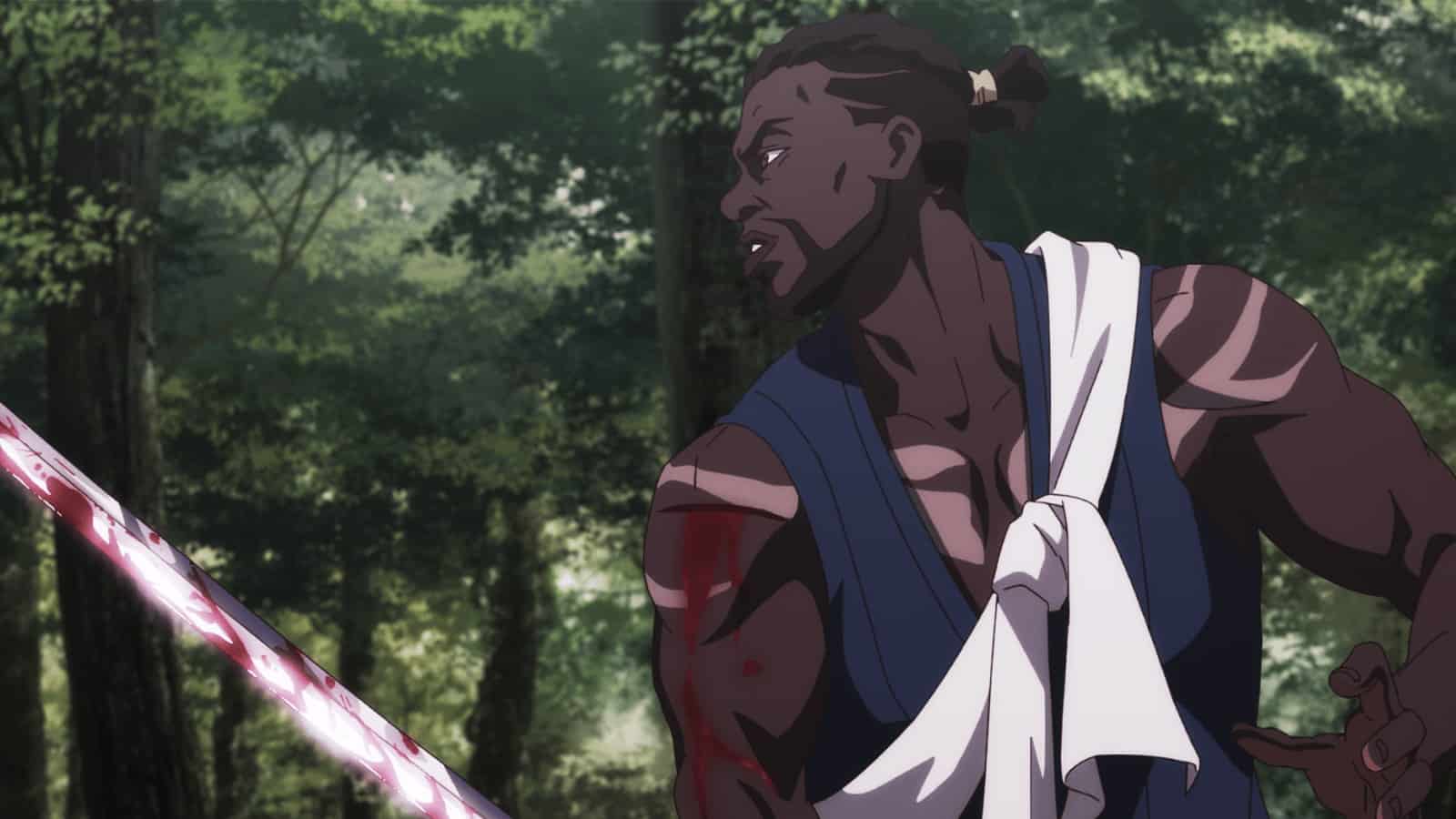
It was created by LeSean Thomas and directed by Takeru Sato, featuring an exceptional IMDb rating of 6.2/10. It contains all the elements of samurai, science fiction, and historical fantasy. It is available on Netflix and highly recommended.
45. Children of the Whales
This anime focuses on a boy named Chakuro who lives in the Mud Whale, a gigantic vessel that explores the world over the Sea of Sand.
Chakuro and his friends want to explore the outside world beyond the Mud Whale.
The Mud Whale is divided into two communities named the Marked and the Unmarked. The Marked people have supernatural powers to move objects in space, but they pay the price with their short life spans.
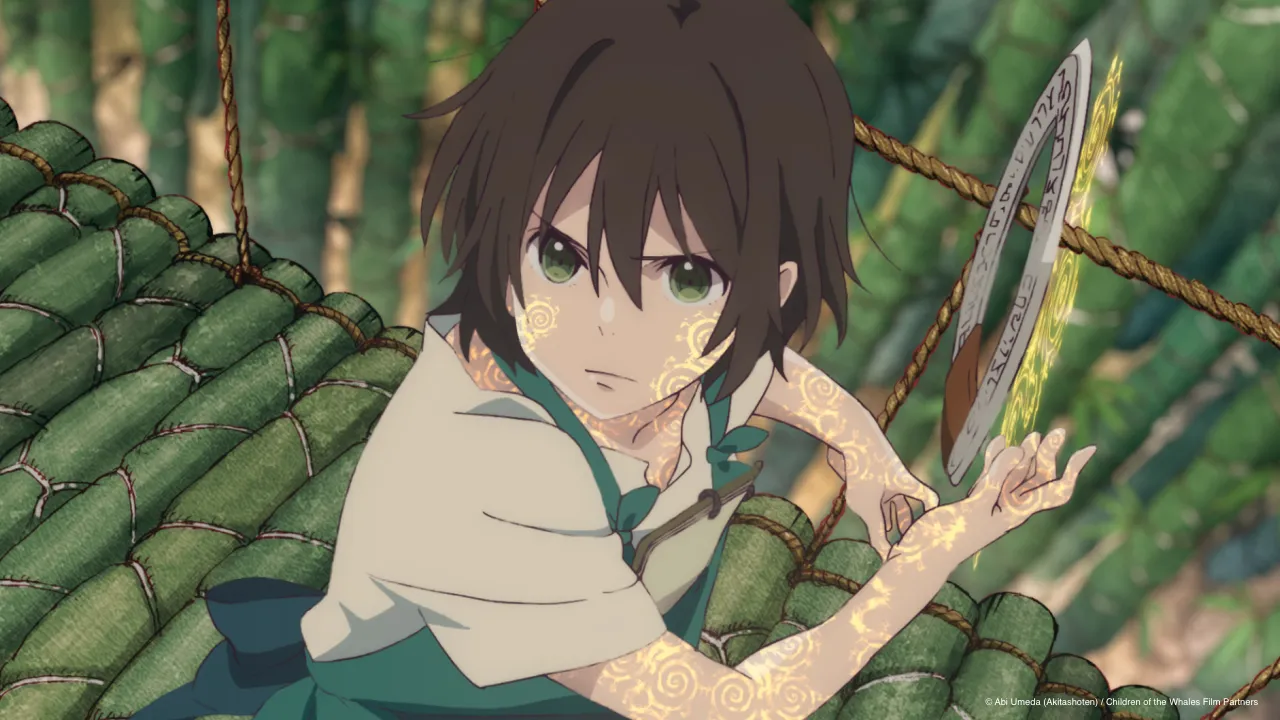
The Unmarked people don’t seem to have any powers but have a longer life span.
One day, the Mud Whale is suddenly exiled and encounters a lone island where Chakuro finds a girl and starts traveling with her.
The anime narrates the adventures of Chakuro with all the elements of dystopian, post-apocalyptic, and science fantasy.
It is written by Kyohei Ishiguro and produced by Shuhei Nantan. Featuring an exceptional IMDb rating of 7/10 and available on Netflix, it is highly recommended.
46. Kabaneri Of The Iron Forttress
This anime follows a young engineer named Ikoma who lives in a world where an apocalyptic event occurs due to a mysterious virus. If a human is infected by this virus, they transform into Kabane.
Kabane is an aggressive undead creature that can only be defeated by destroying their golden hearts pierced with iron.
Humans have built stations in order to survive, transport goods, and keep an eye on the Kabane. One day, a Kabane attack occurs on a station named Aragane, where Ikoma finds an opportunity to test his weapon.
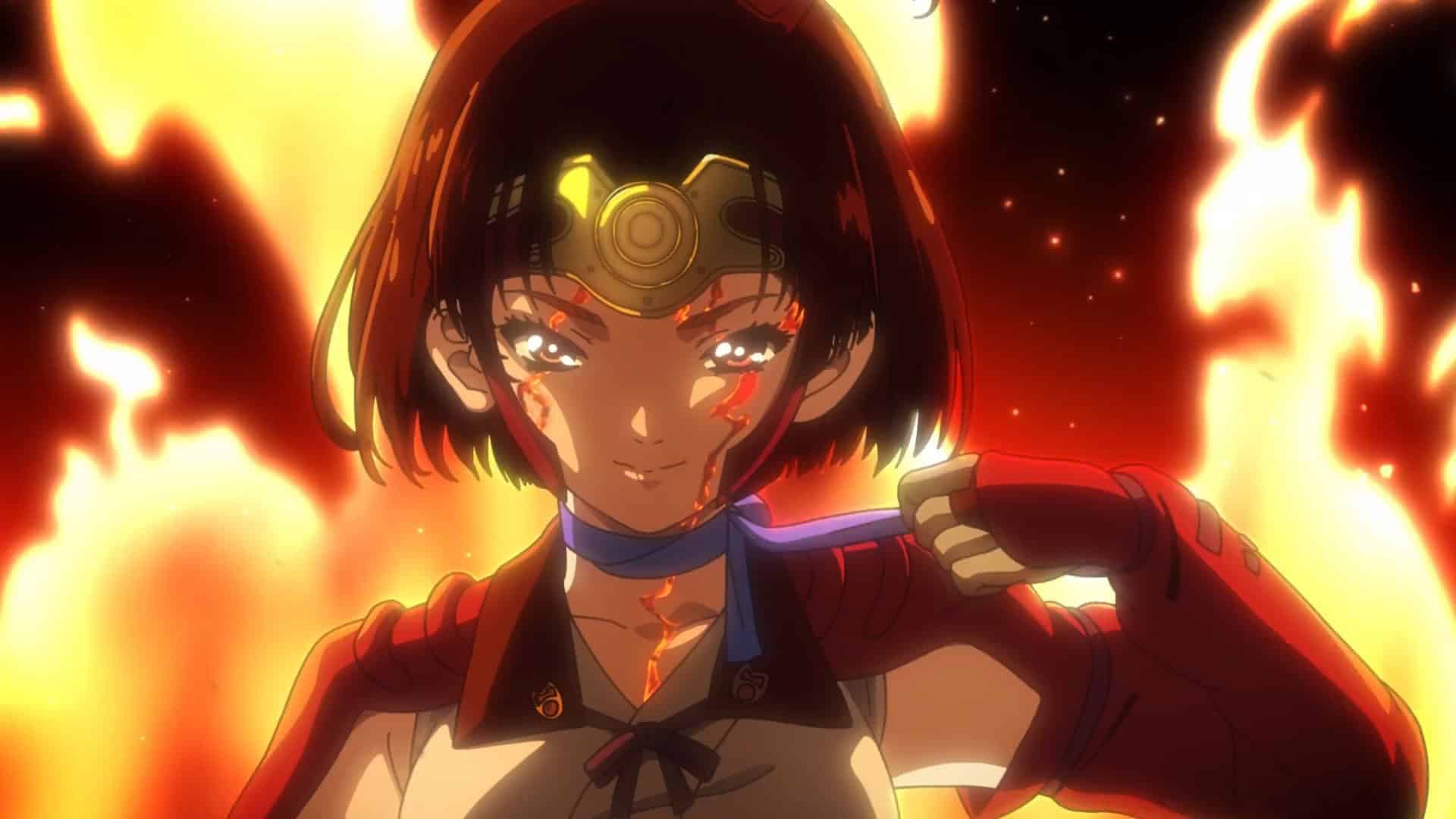
However, during the test, he gets infected by the virus. Somehow, he manages to control the virus and becomes a Kabaneri—a hybrid form of human and Kabane.
This anime shares the adventures of Ikoma, encompassing elements of dark fantasy, steampunk, and action scenes. It is written by Ichiro Okouchi and directed by Tetsuro Araki.
Boasting an impressive IMDb rating of 7.2/10 and available on Netflix, it is highly recommended.
47. Vampire in the Garden
The anime follows the adventure of a young soldier named Momo, who encounters the queen of vampires named Fiine.
After witnessing Fiine help his best friend to protect him from vampires, Momo follows Fiine to her house and falls in love with her.
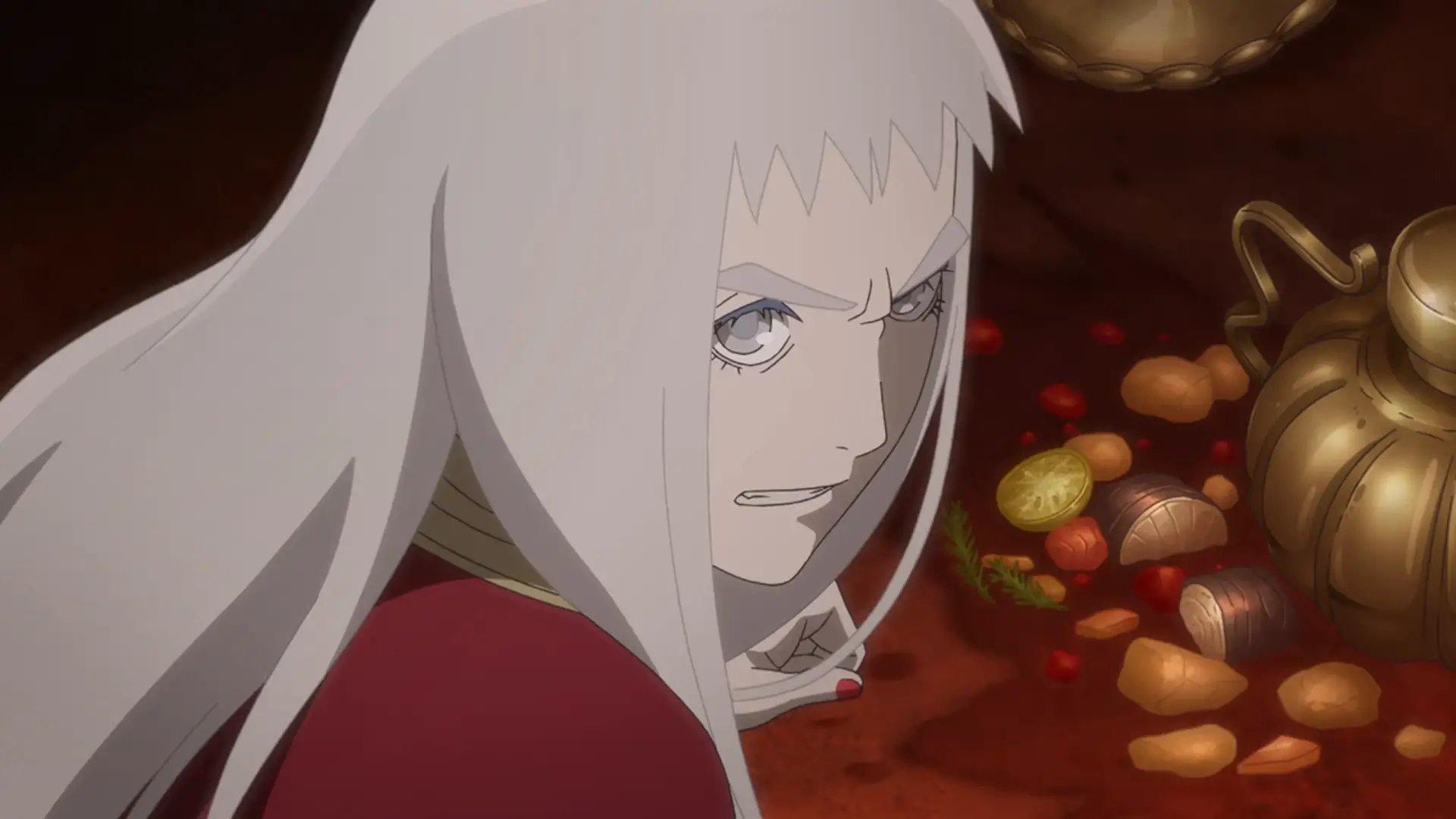
Many years ago, vampires rapidly increased their population and pushed humans to a corner. The surviving humans then escaped to a place behind a wall and waged war against the vampires for many years.
In their journey together, Momo and Fiine seek to find another reason for peace. This anime combines elements of animation, action scenes, and dark fantasy.
It is written by Ryotaro Makihara and produced by Hitoshi Itou, Featuring an exceptional IMDb rating of 6.7/10. It is available on Netflix and highly recommended.
48. Blue Period
This anime follows Yatora Yaguchi, a popular student who has one of the best grades in school but also carries a sense of emptiness and insecurity.
When he joins an Art club in high school, he gets inspired to create and pursue art with all of his skills.
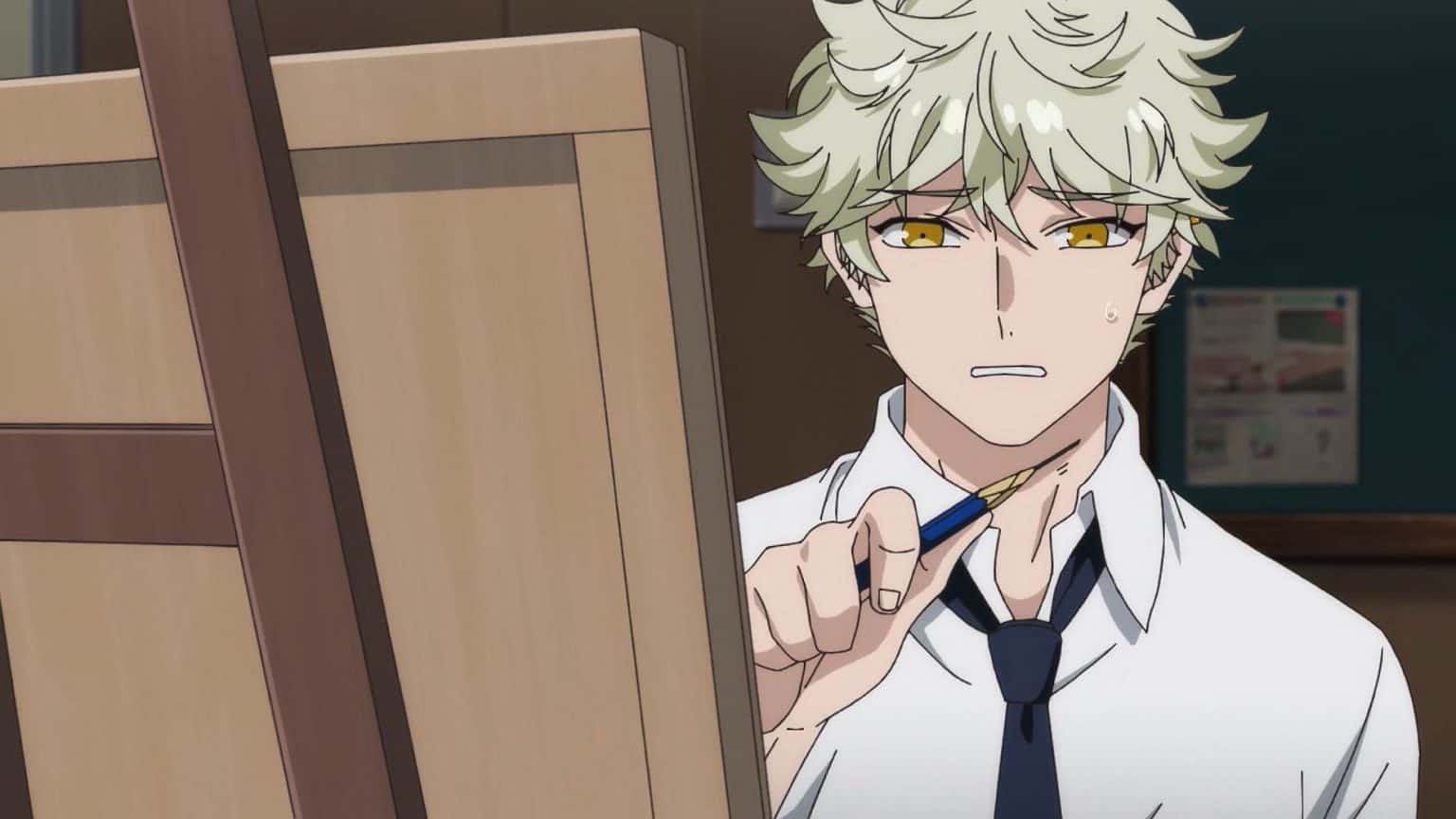
The anime narrates Yatora’s adventure of joining the Tokyo University of the Arts after being inspired by art and graduating from high school.
It presents a unique blend of drama, comedy, and subtle action scenes. It is written by Reiko Yoshida and directed by Katsuya Asano, Boasting an impressive IMDb rating of 7.7/10. The anime is available on Netflix and is highly recommended.
49. JoJo’s Bizarre Adventure
This anime is based on the Joestar family, where each member possesses unique and formidable psychic abilities and strength.
The series follows the adventures of each family member in their own unique way. The power they possess is known as Hamon, which is an inner spiritual power that can be transformed into a unique energy.
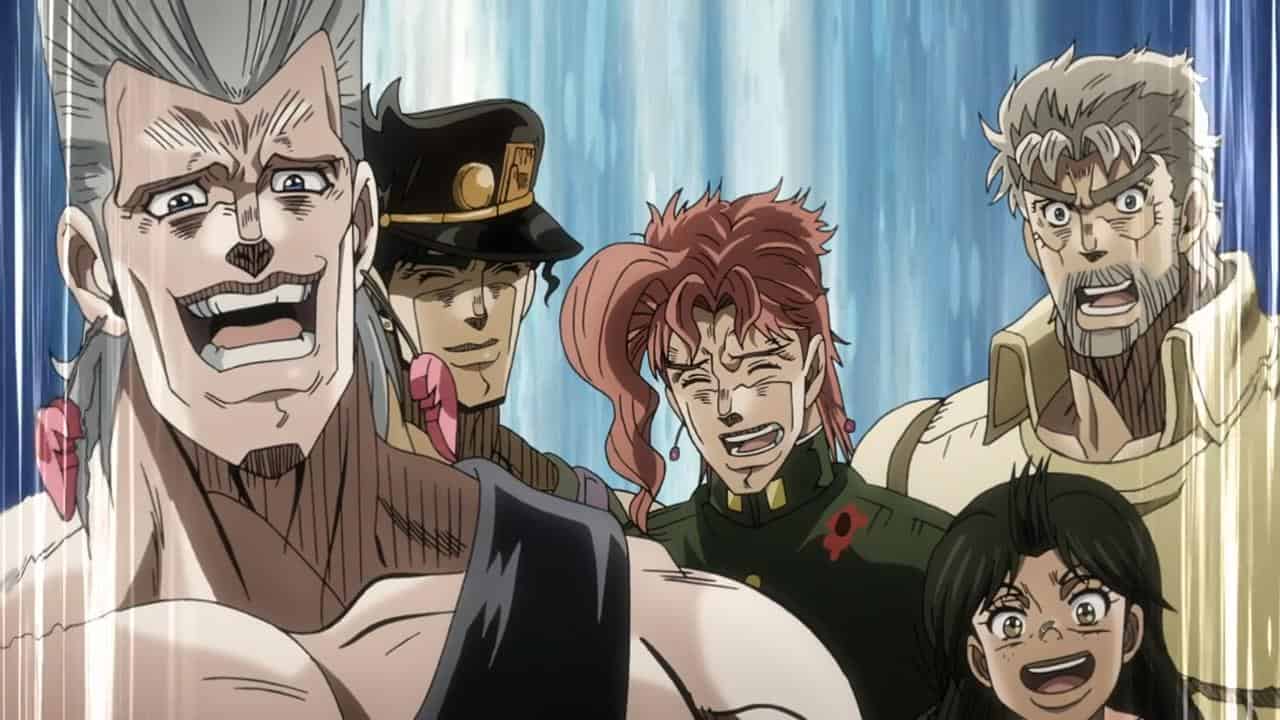
This anime encompasses all the elements of action scenes, thriller, humorous moments, and martial arts. It was written by Yasuko Kobayashi and produced by Jun Fukuda.
Featuring an exceptional IMDb rating of 8.5/10 and available on Netflix, it is highly recommended.
50. Reincarnated as a Sword
The main protagonist of this anime dies in a car accident but finds himself reincarnated as a sword in a different universe.
Although he remembers his past life and all his actions, he accepts his fate and wishes for someone to wield him as a sword.
He is discovered by a young catgirl slave named Fran, who wields him in order to protect themselves from a two-headed bear that attacked their slave companion.
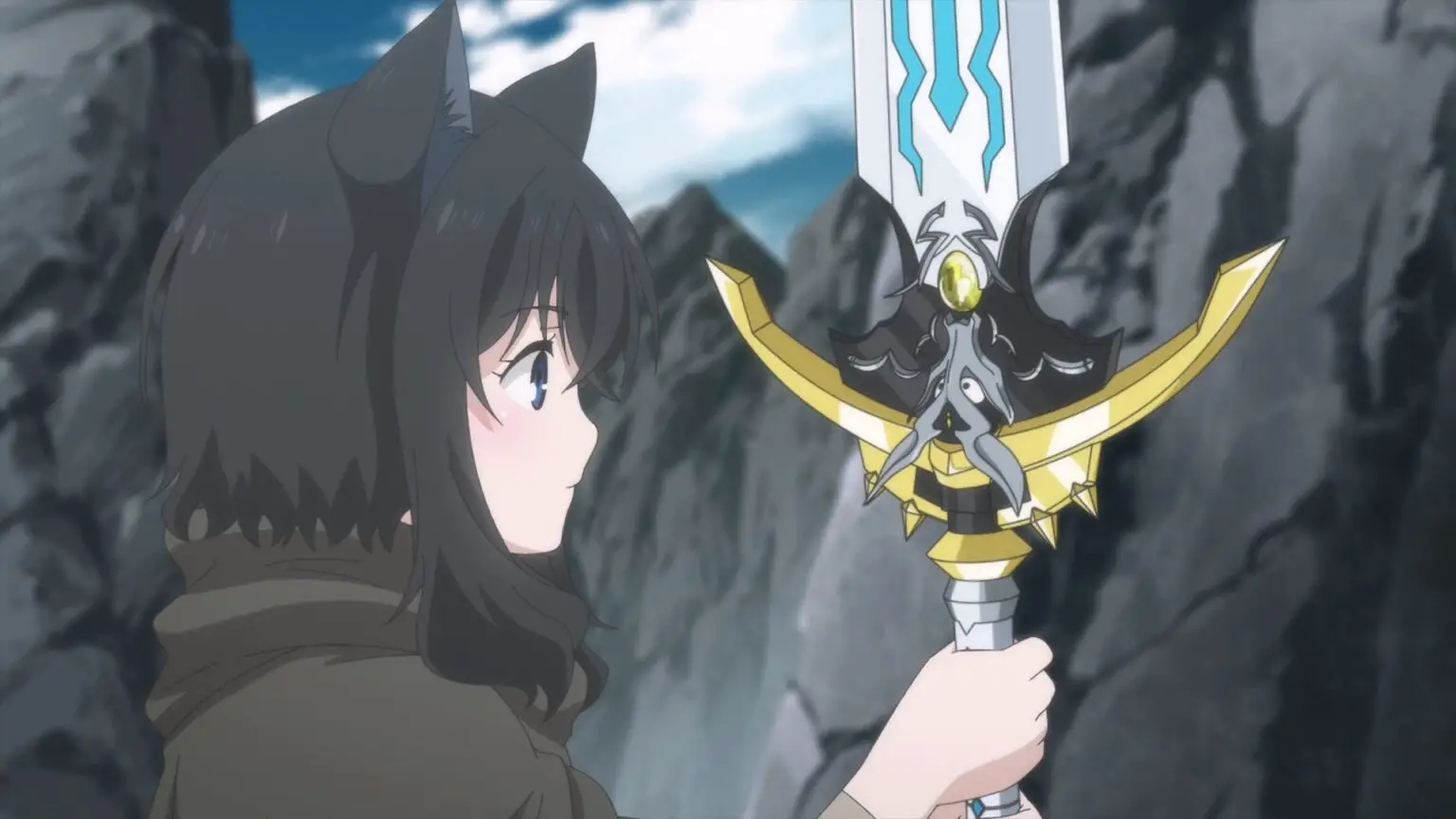
After being freed from slavery, the girl names the sword “Teacher” and keeps him for future adventures.
With elements of action, fiction, comedy, and adventure, this anime has captured the hearts of fans. It was written by Takahiro Nagano and directed by Shinji Ishihira.
Featuring an exceptional IMDb rating of 7.3/10 and available on Netflix, it comes highly recommended.
Also Read: 34 Best Anime Like Mashle: Magic and Muscles To Watch Right Now

